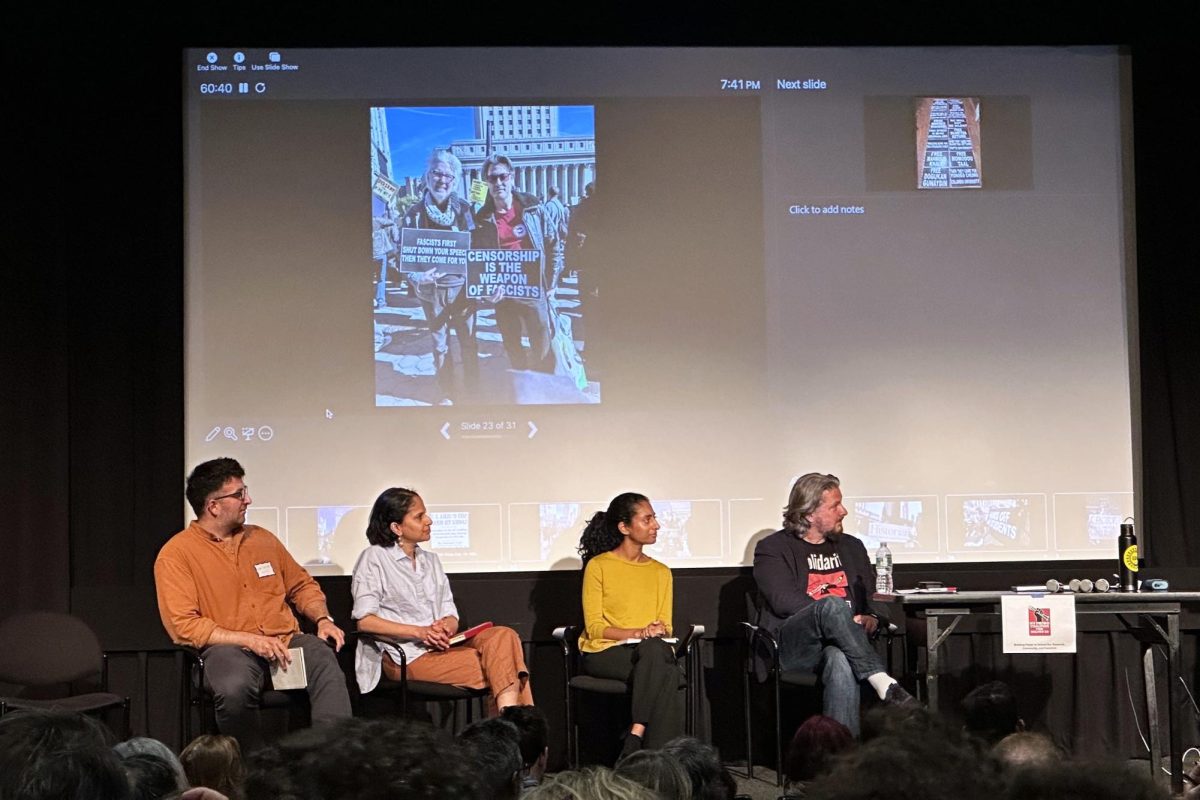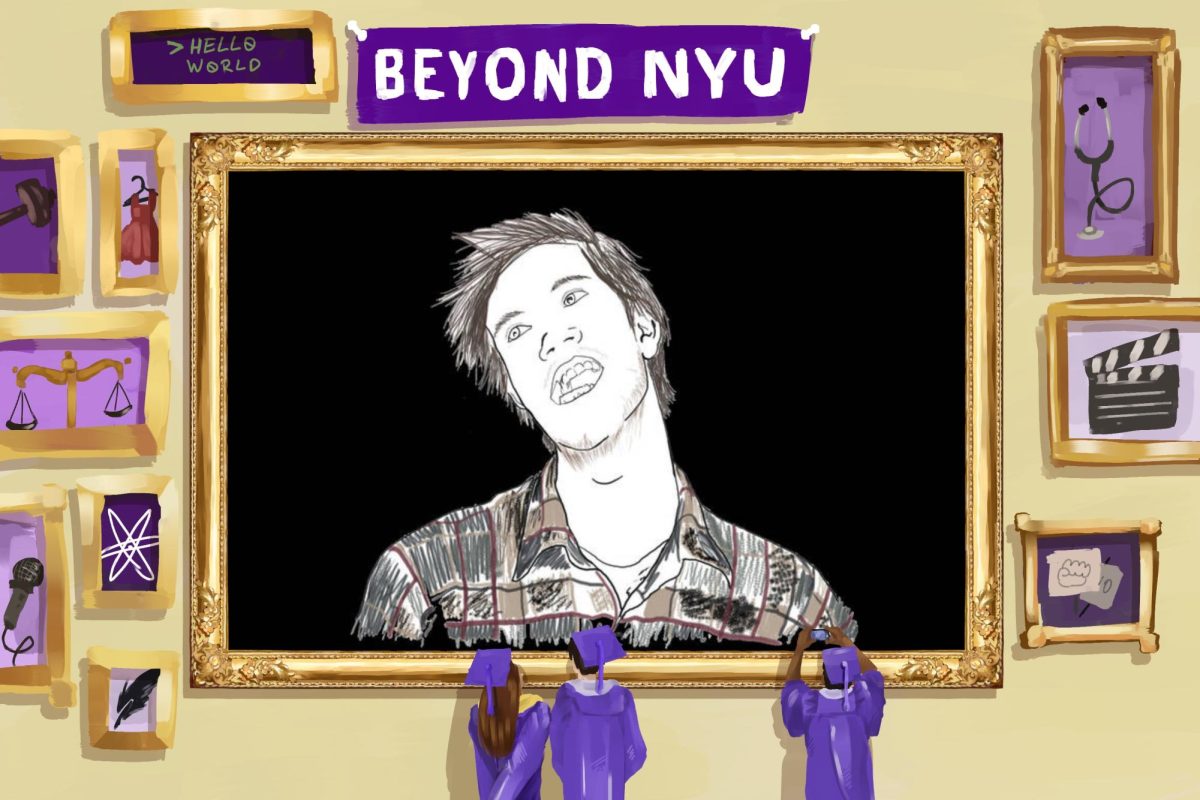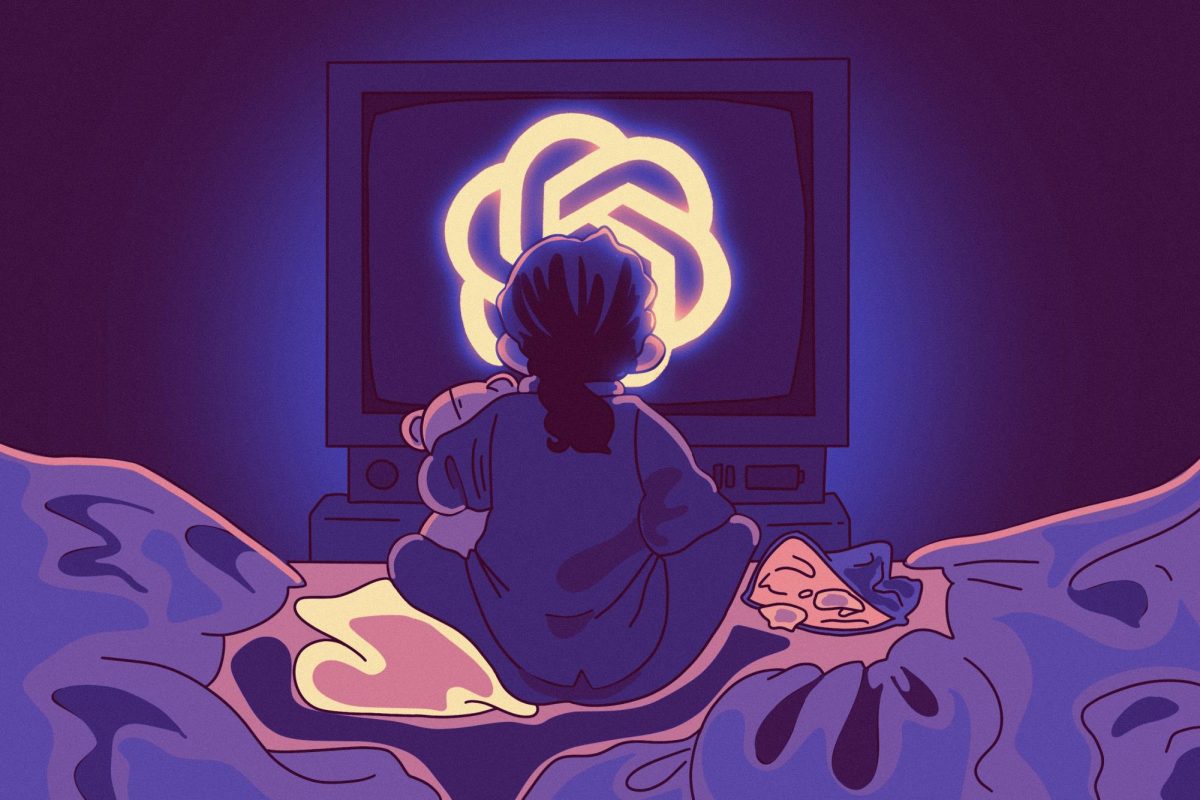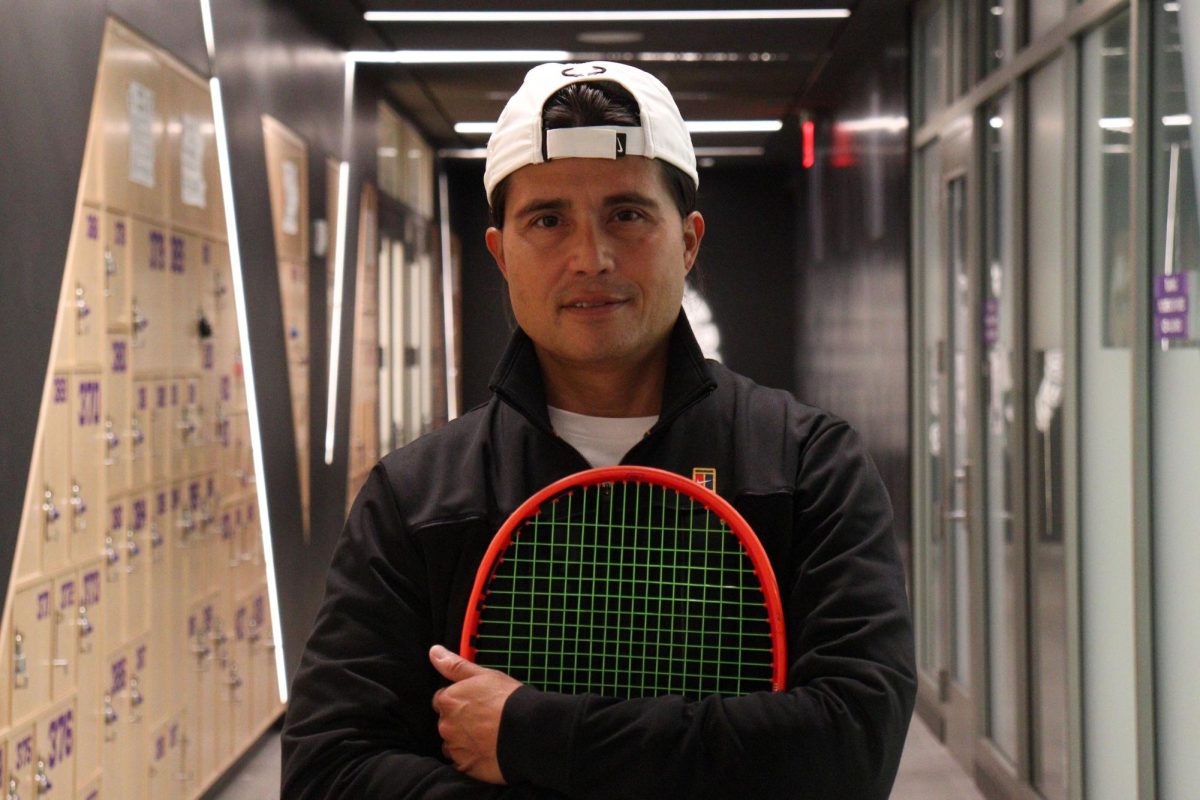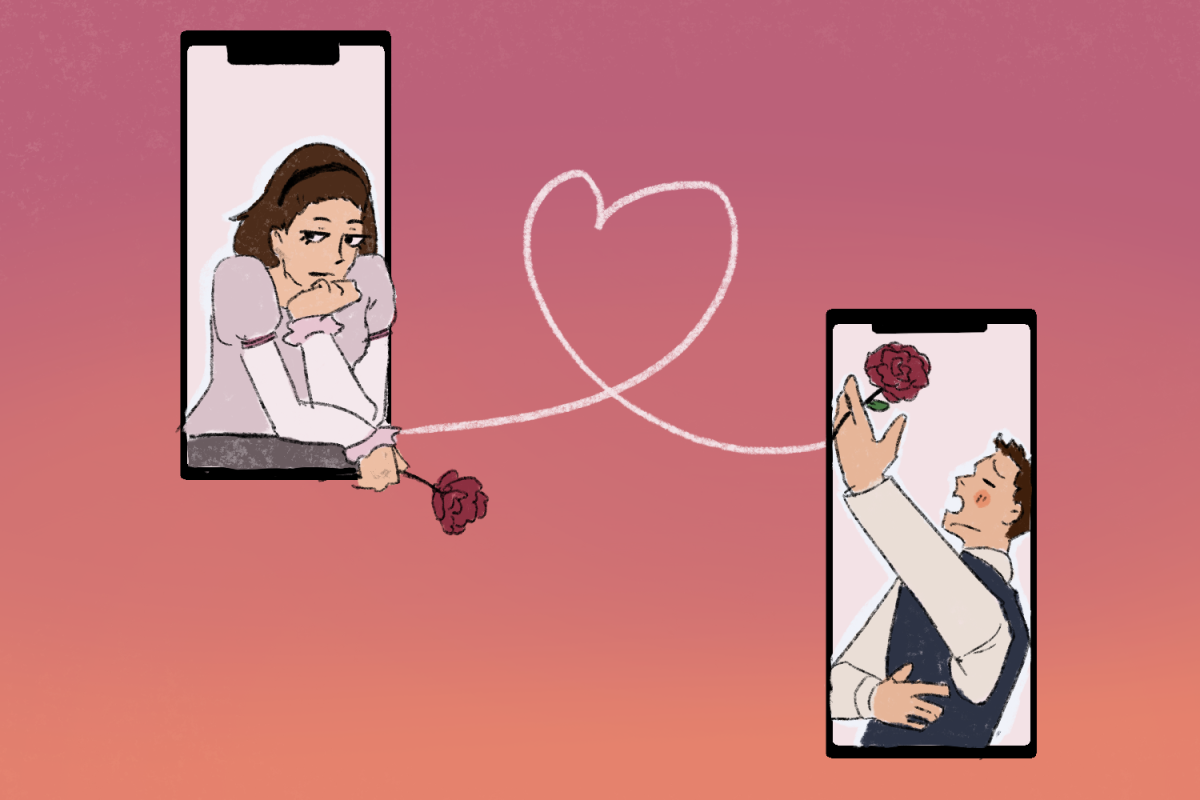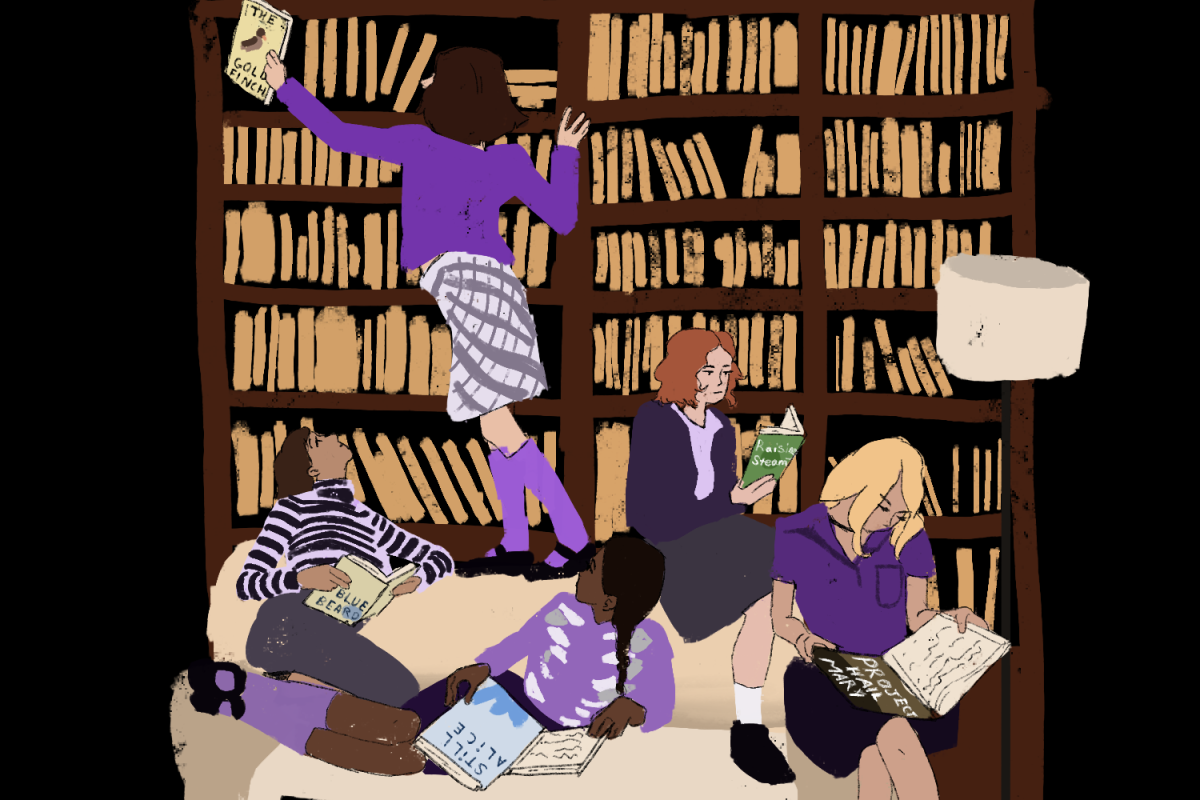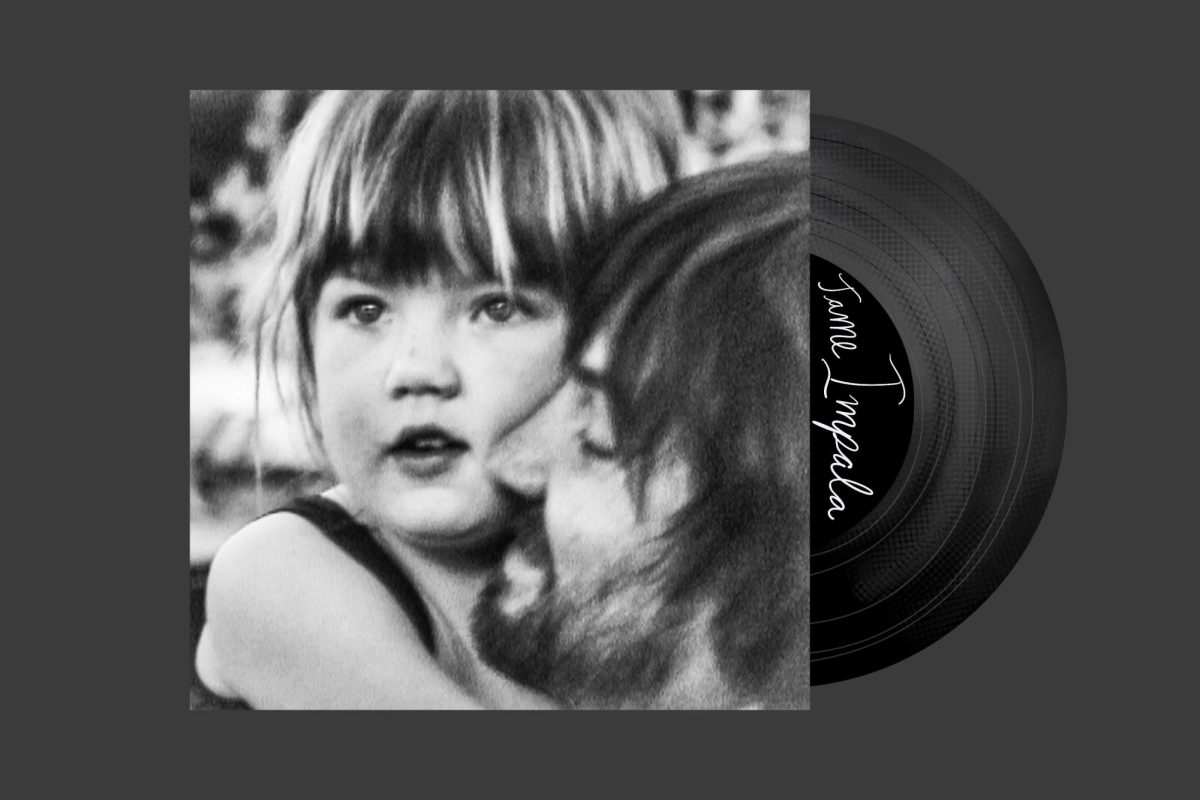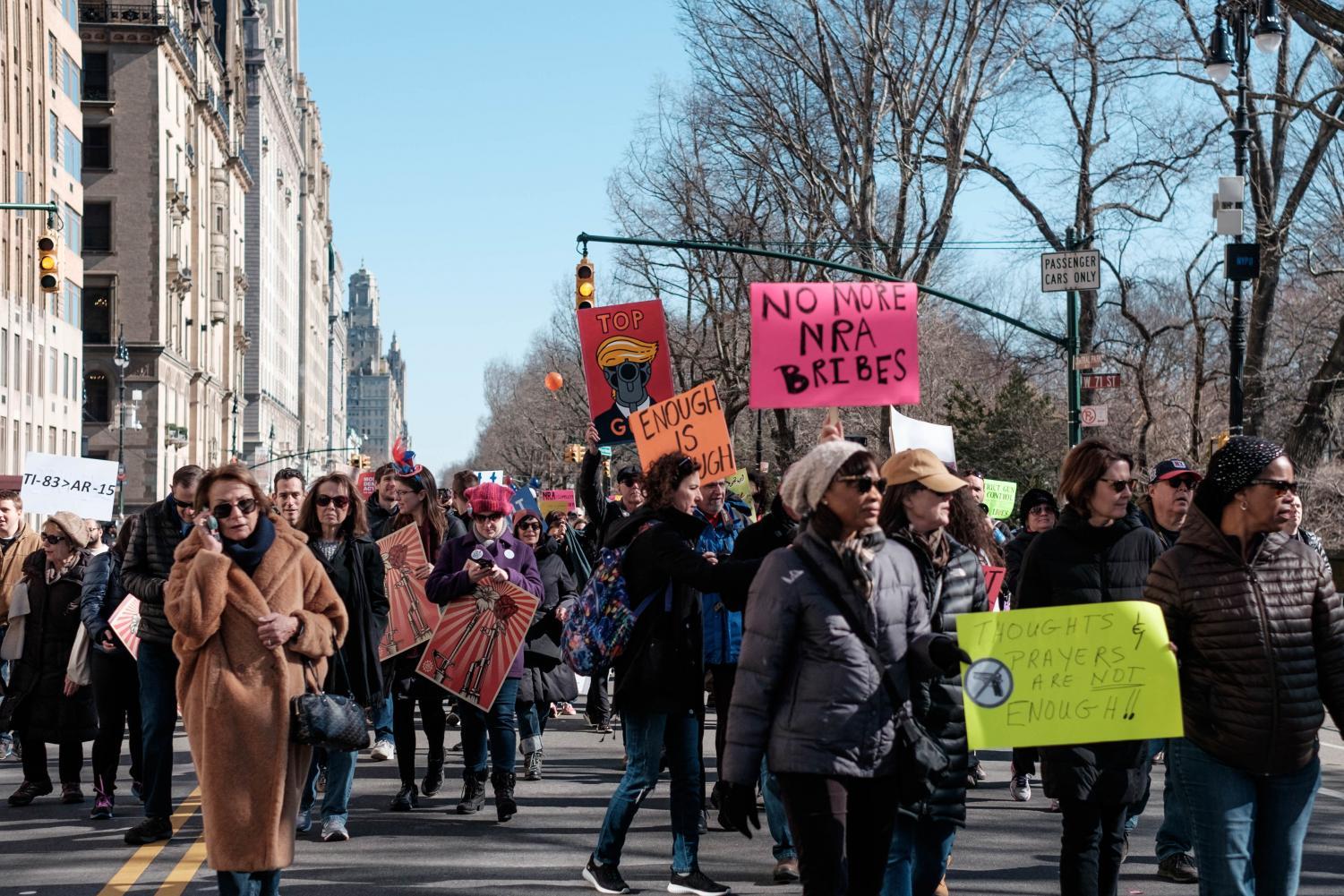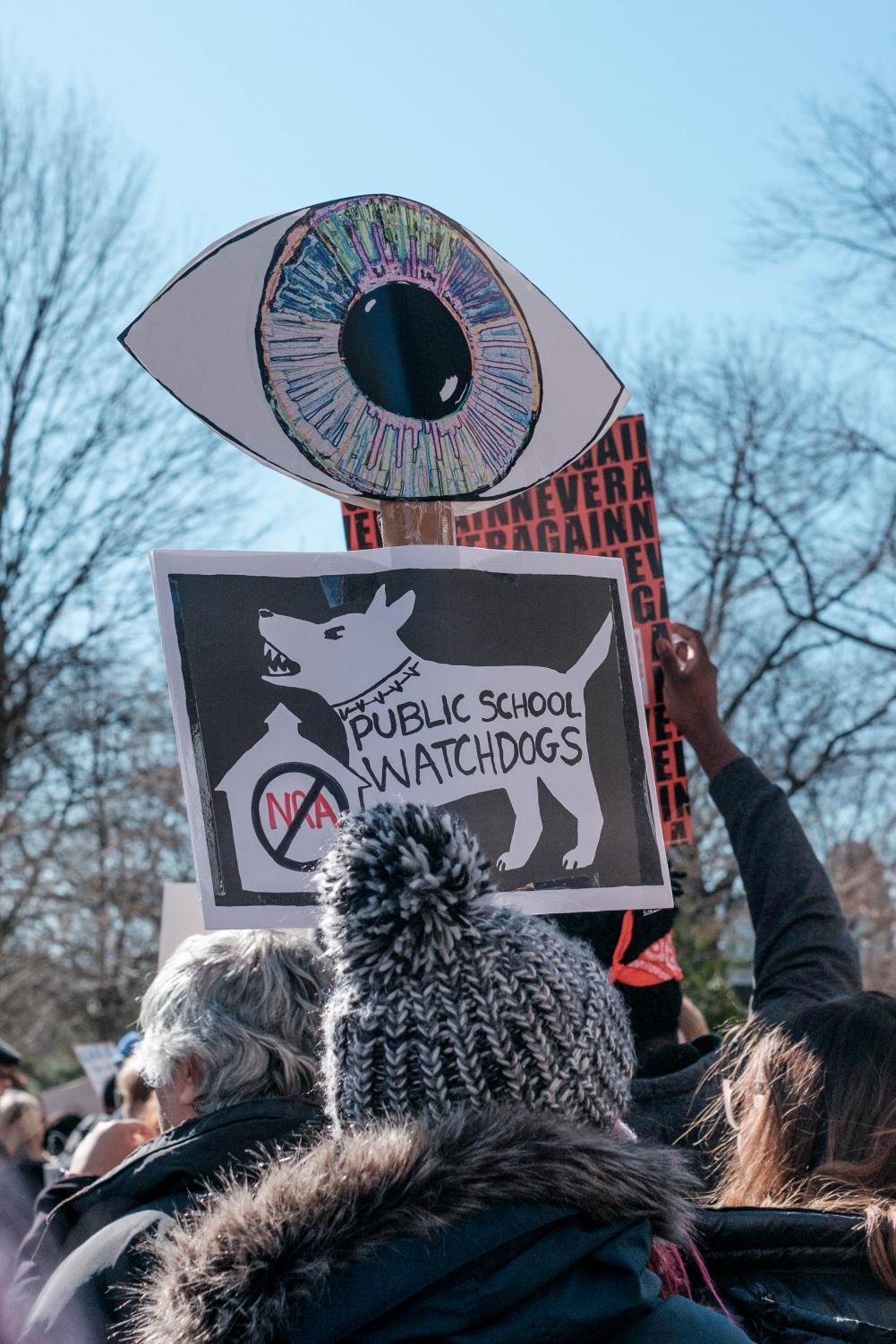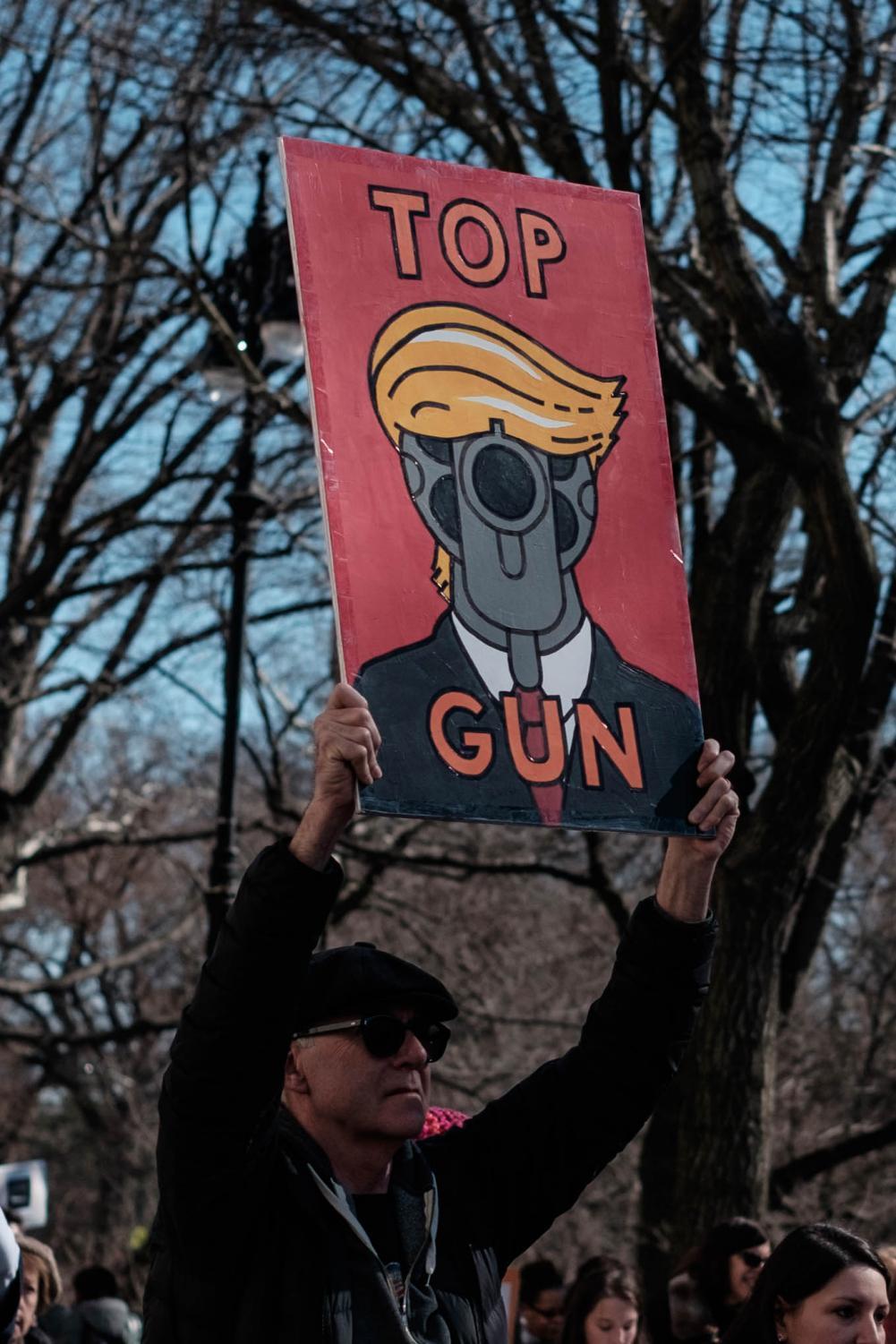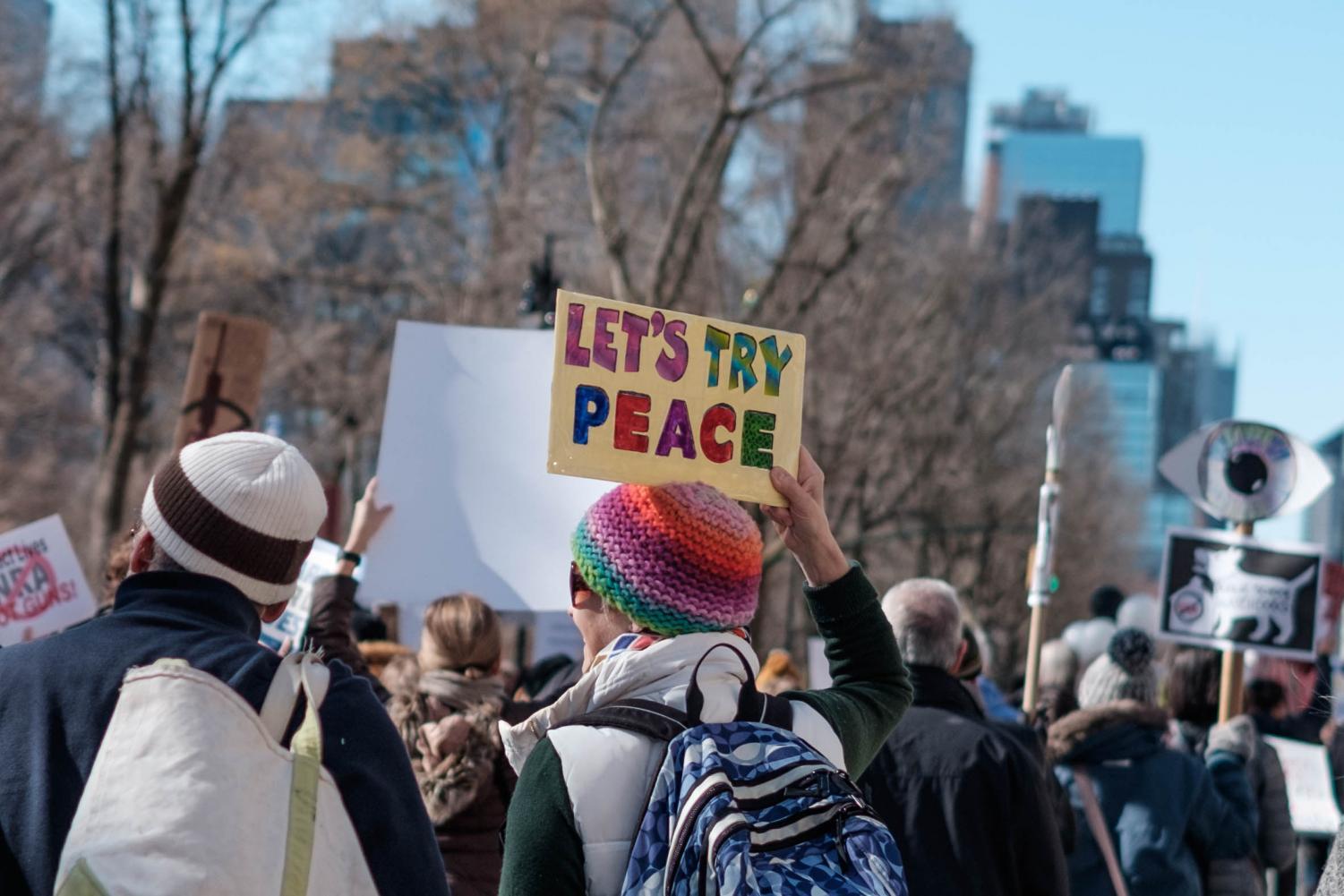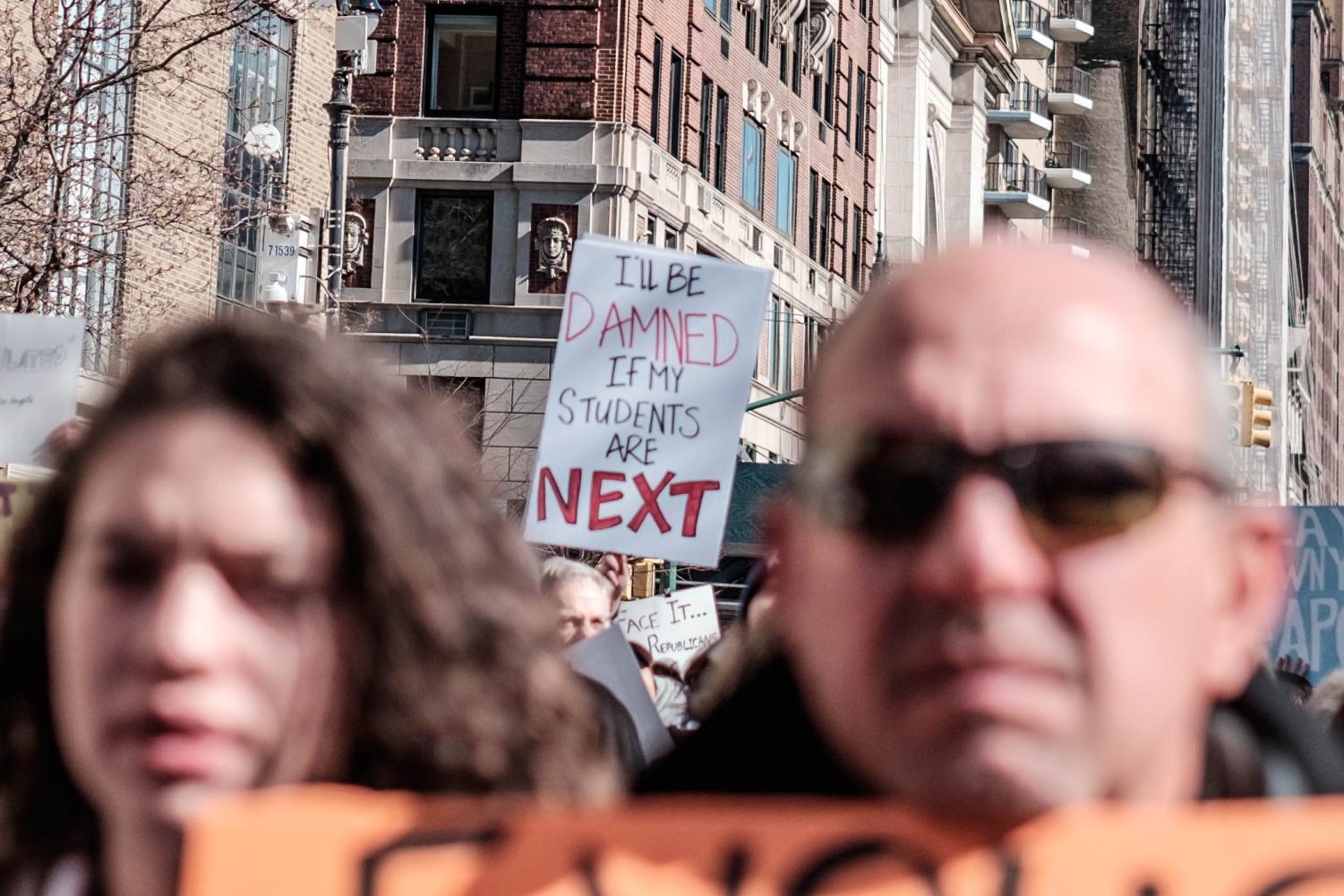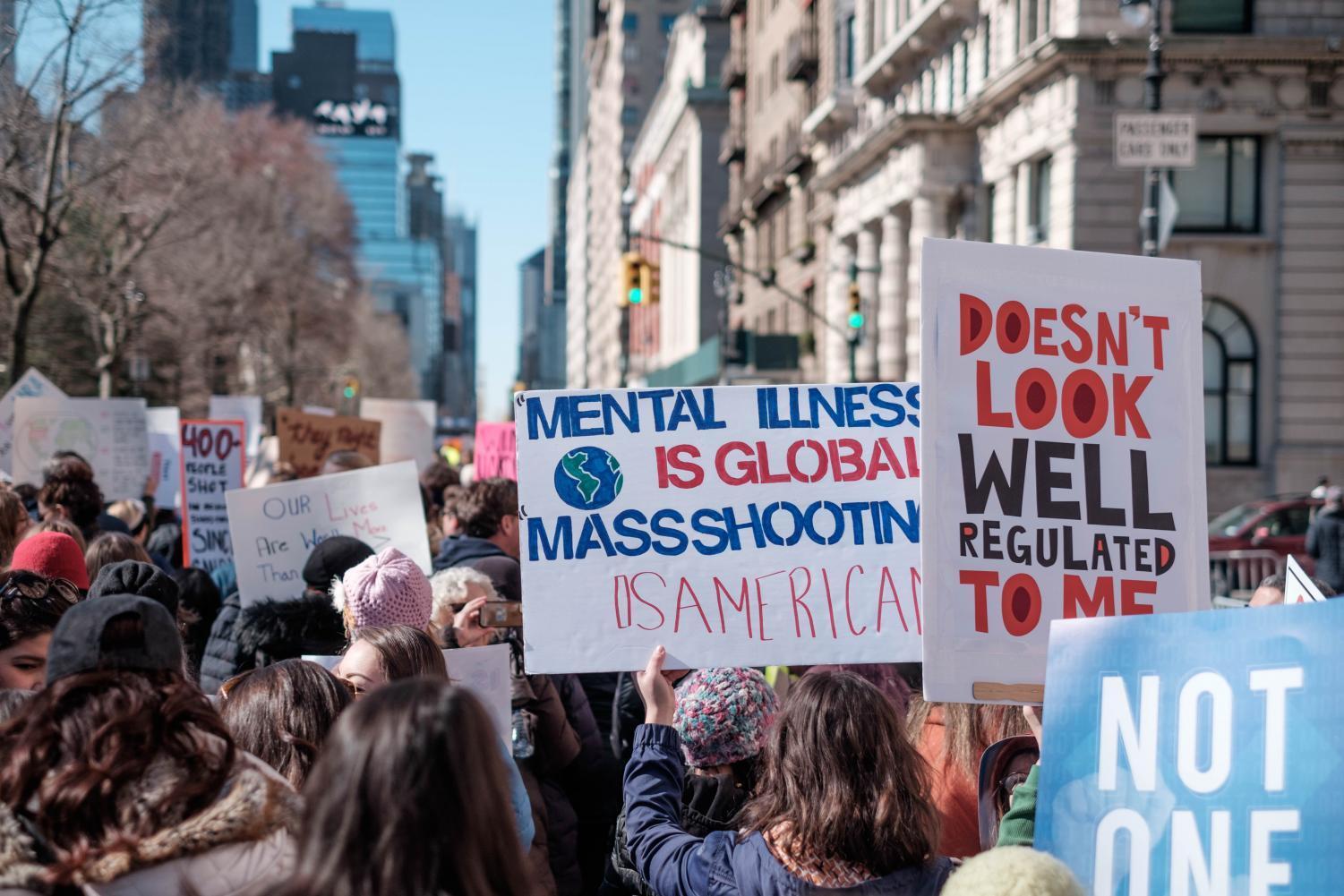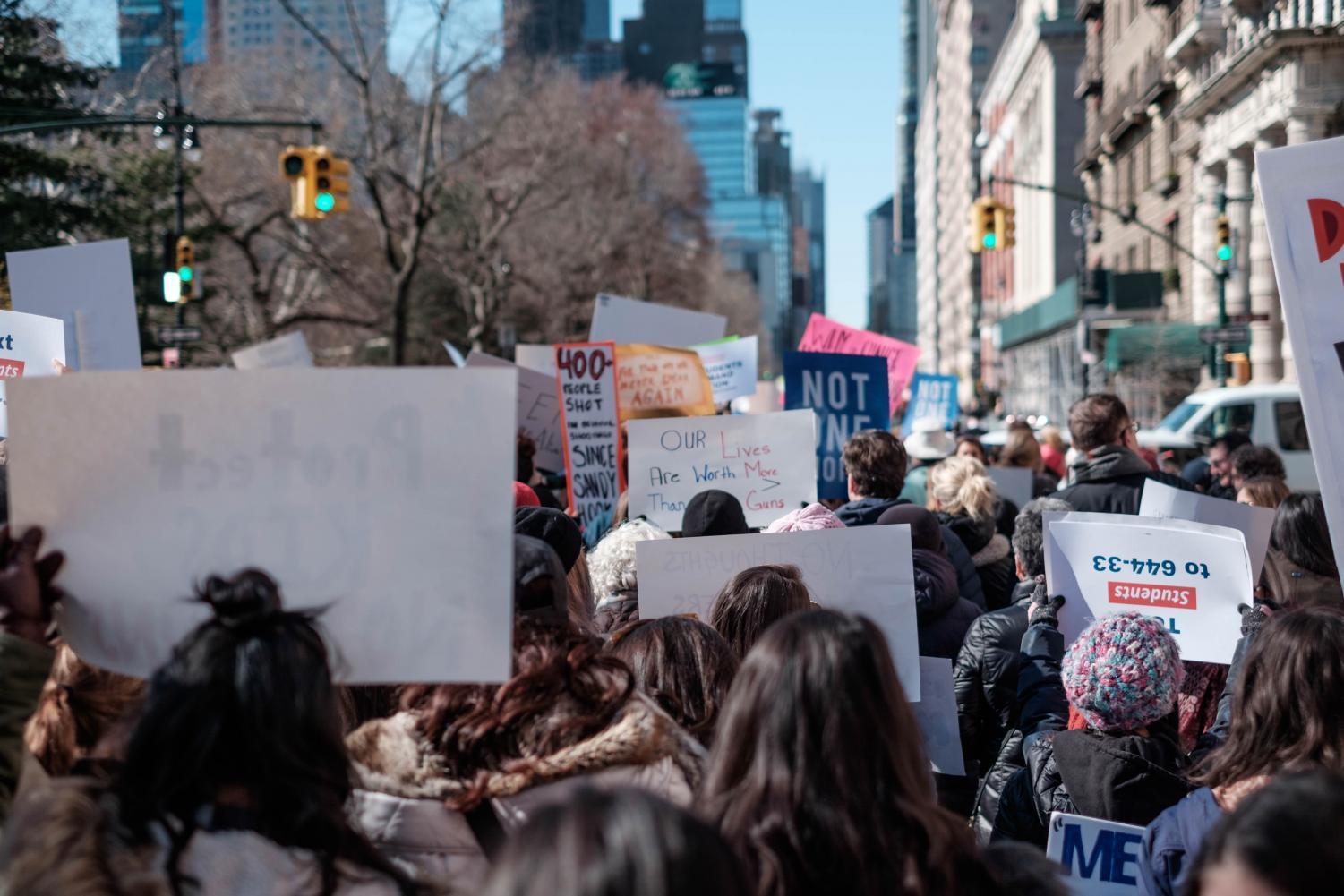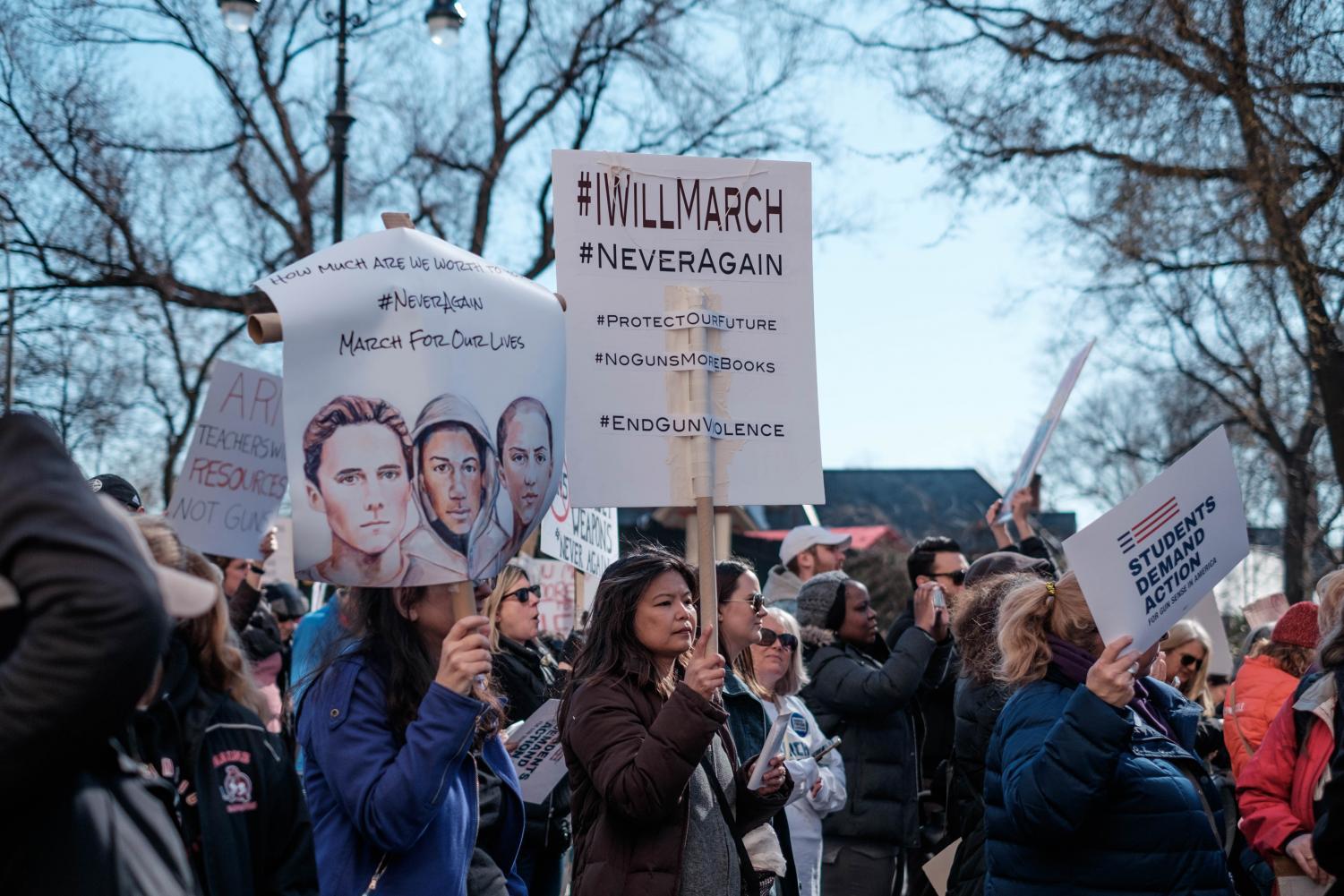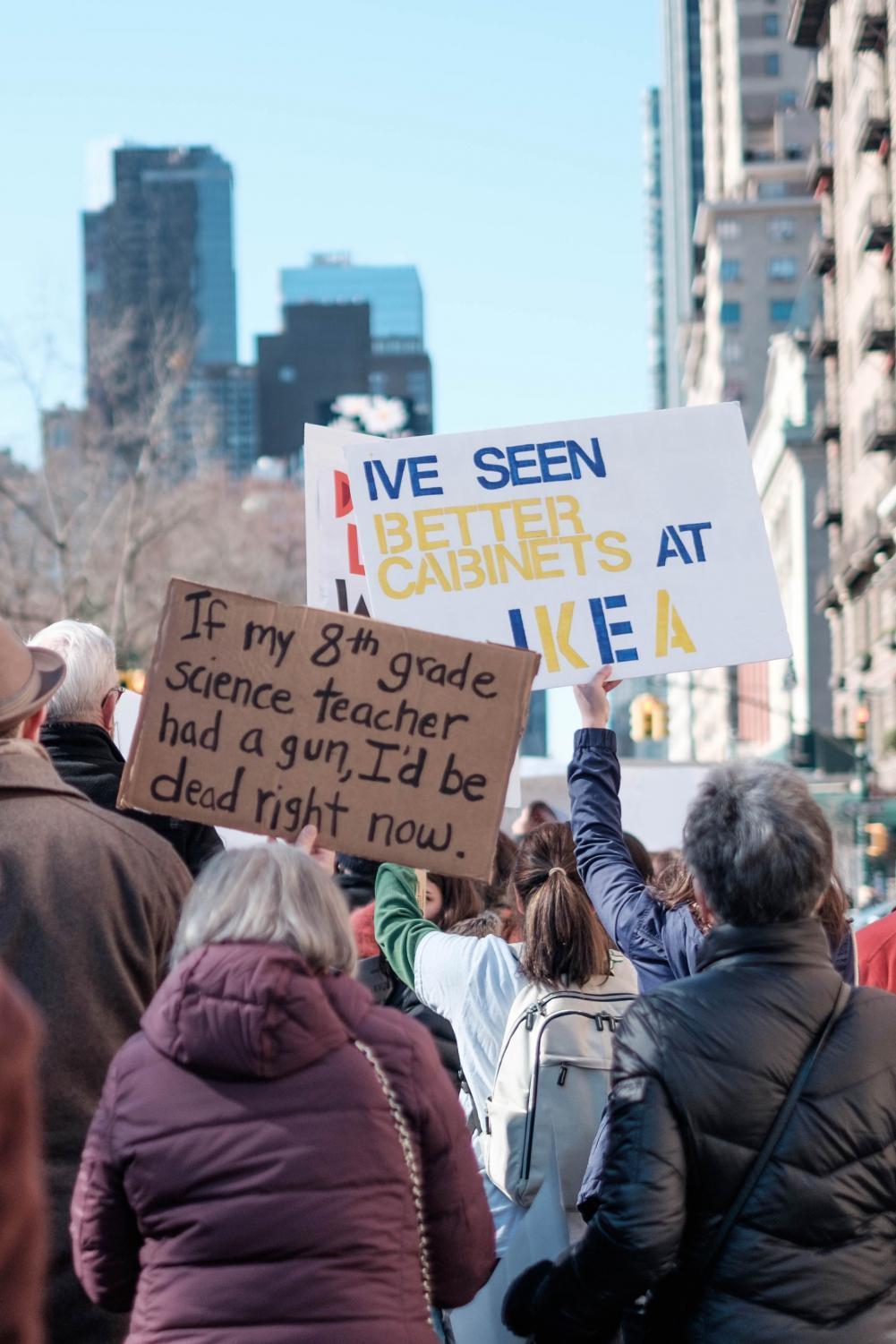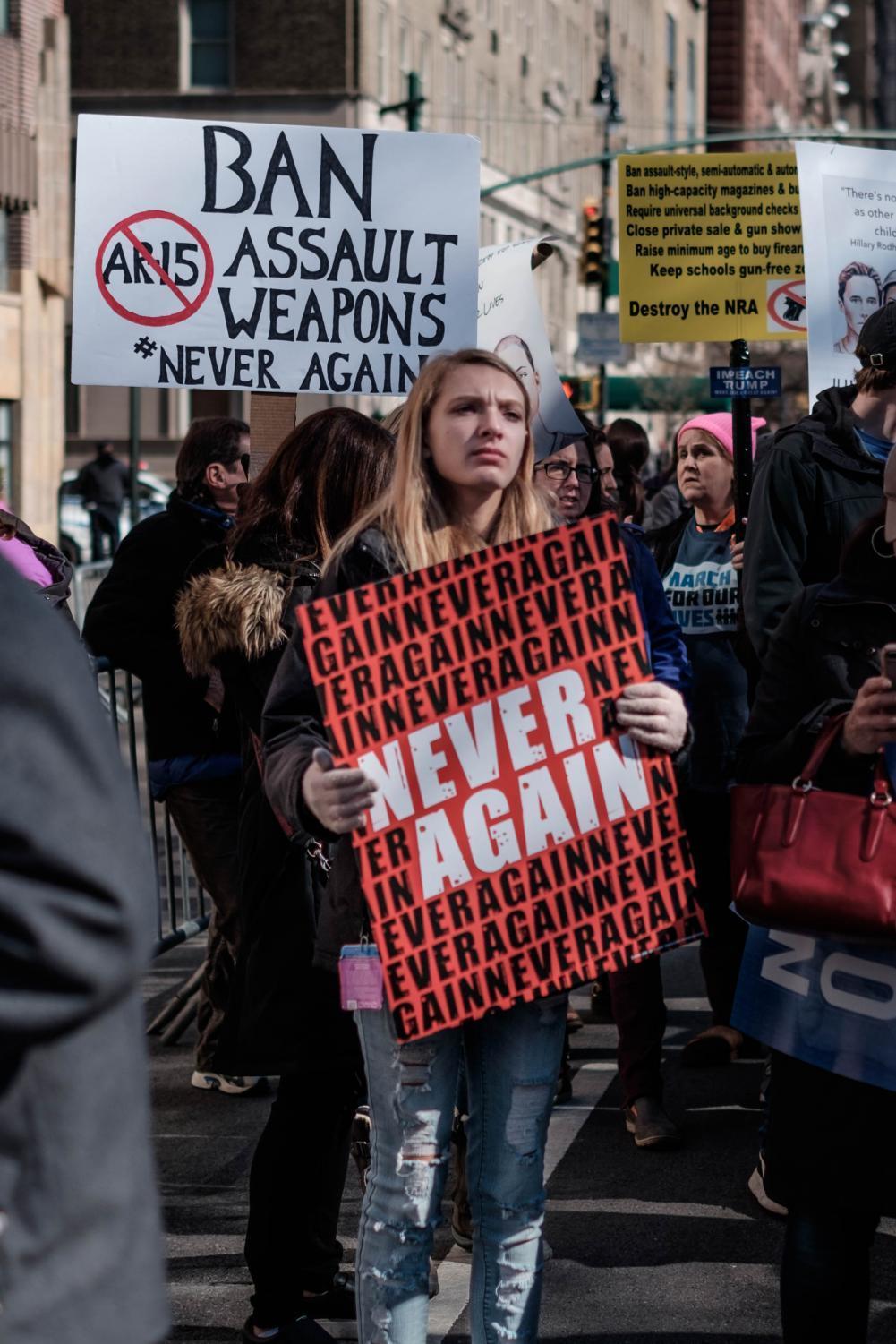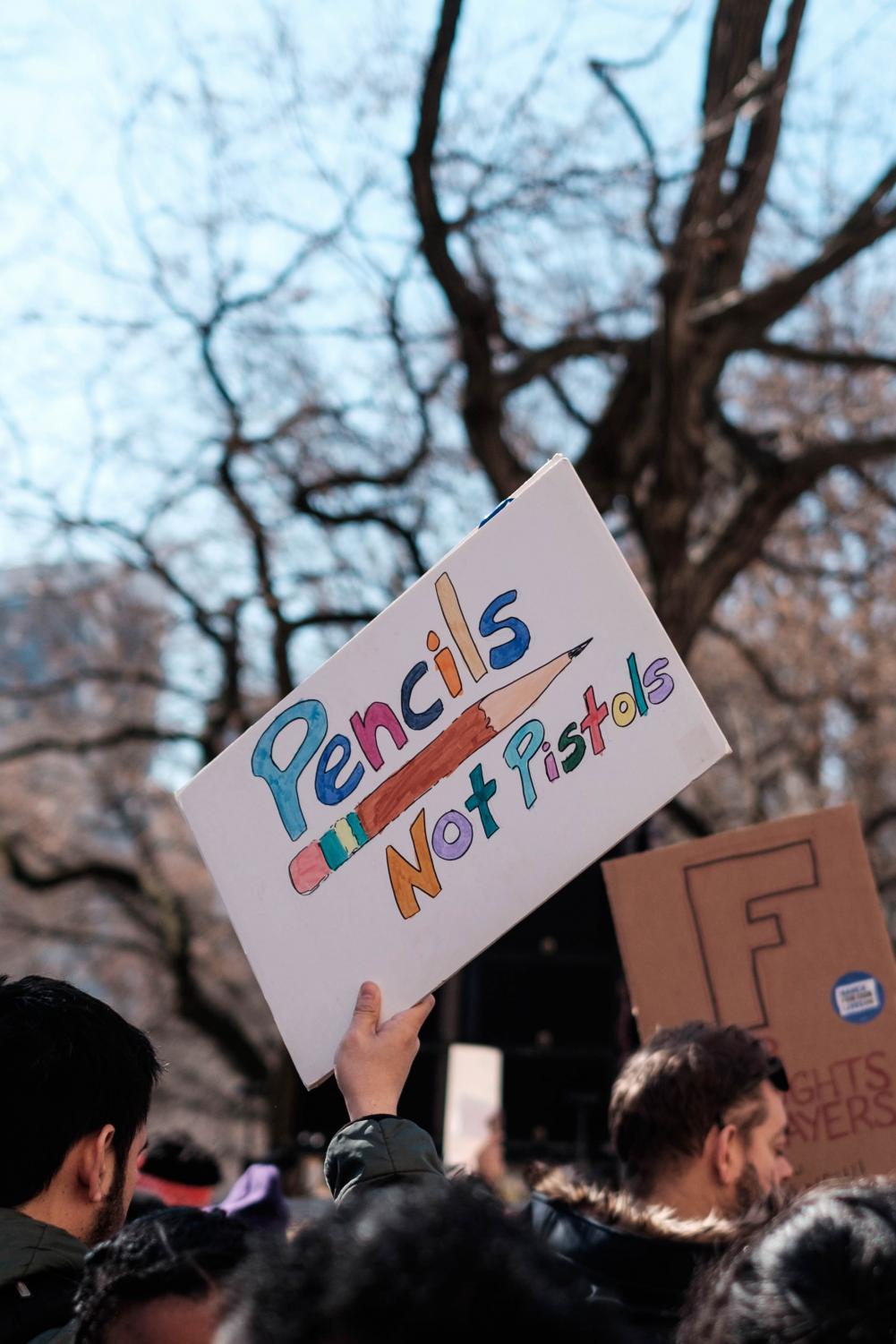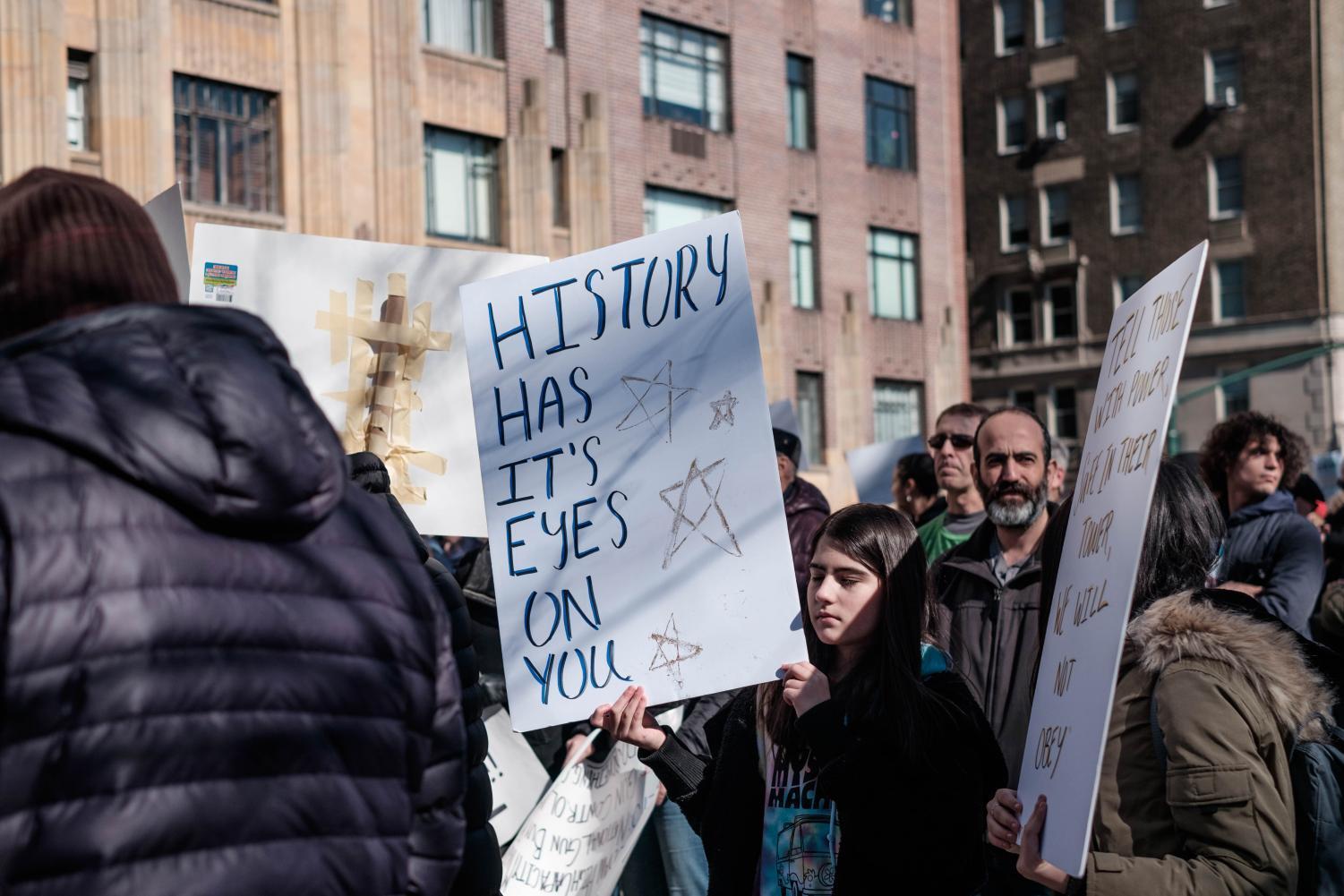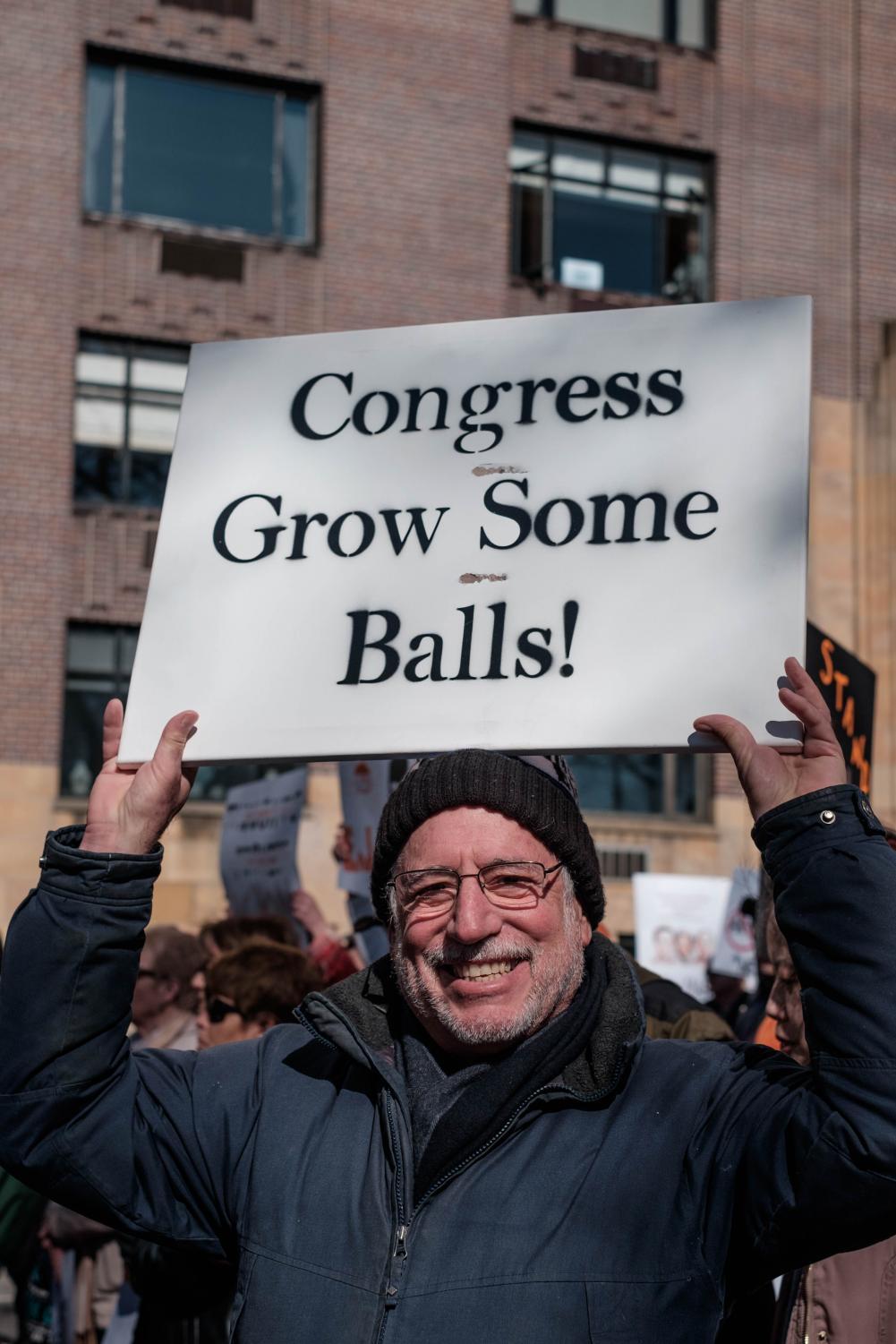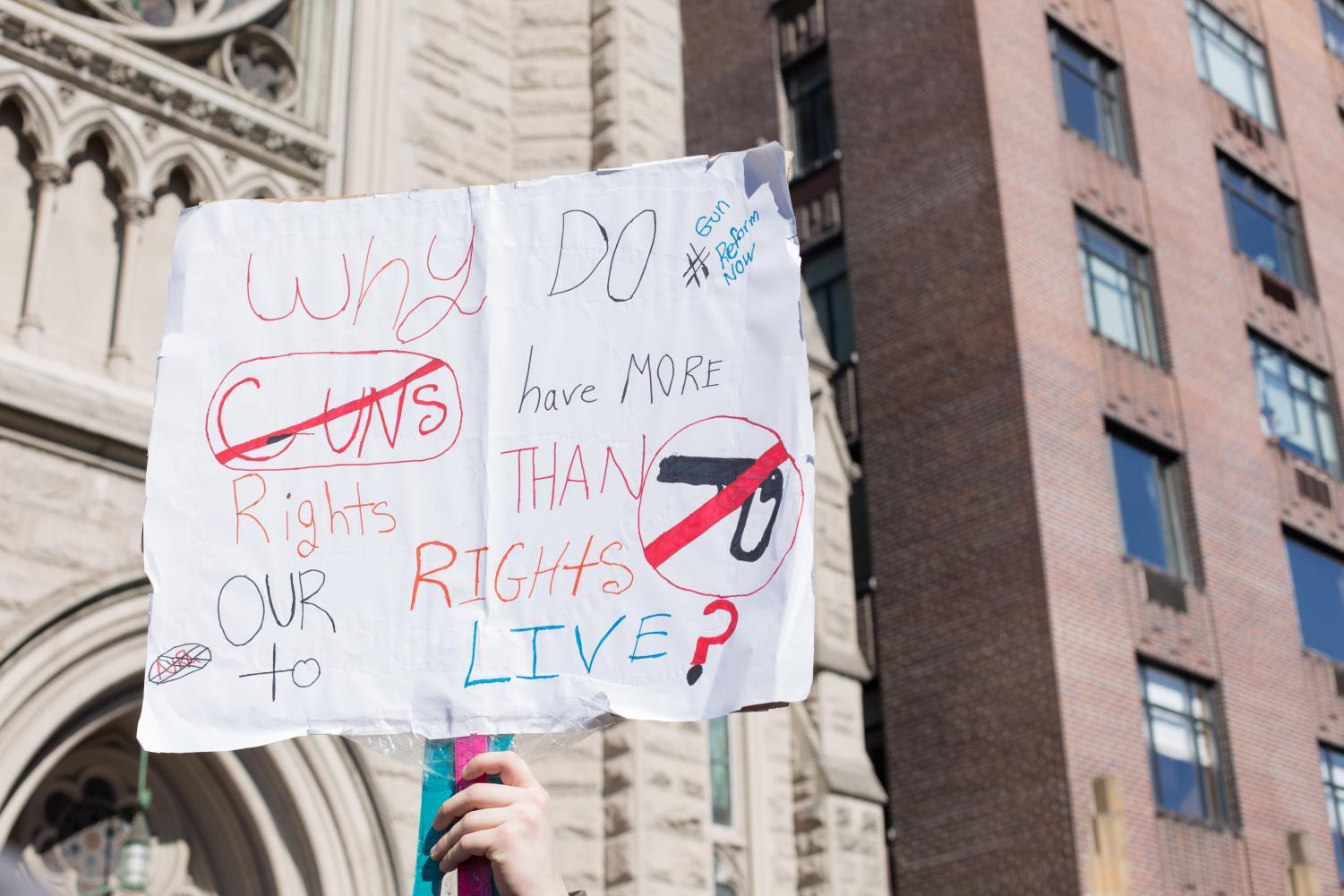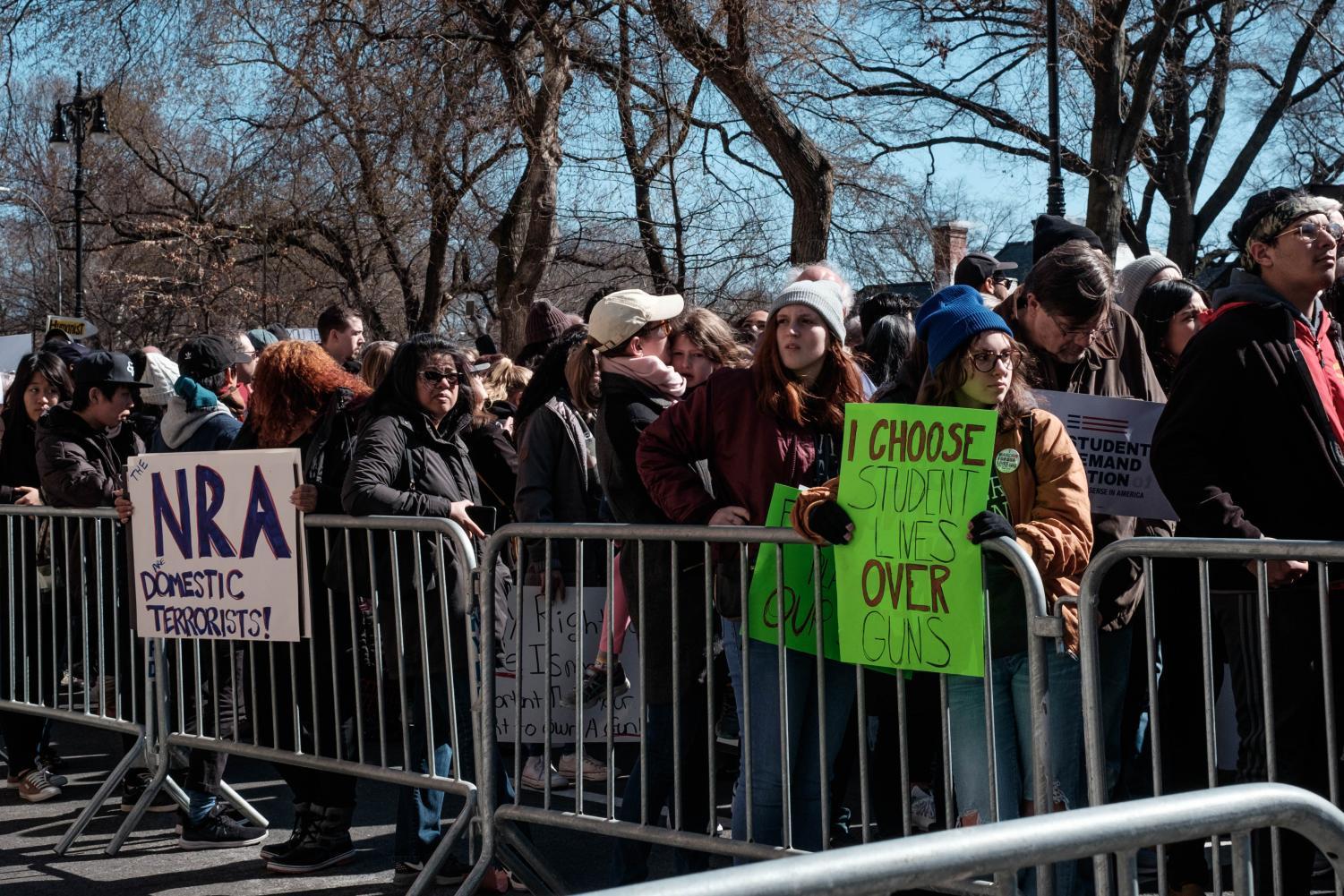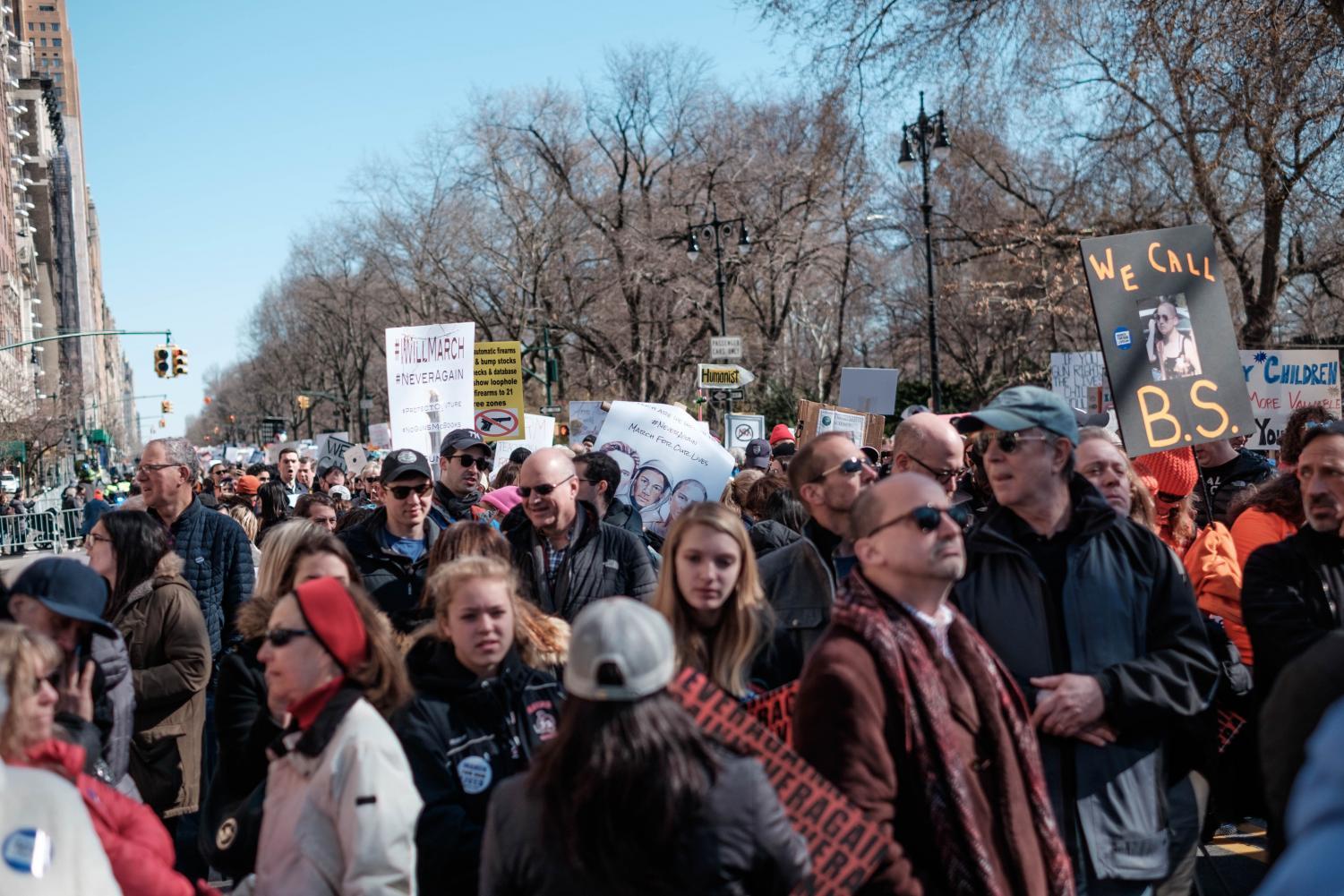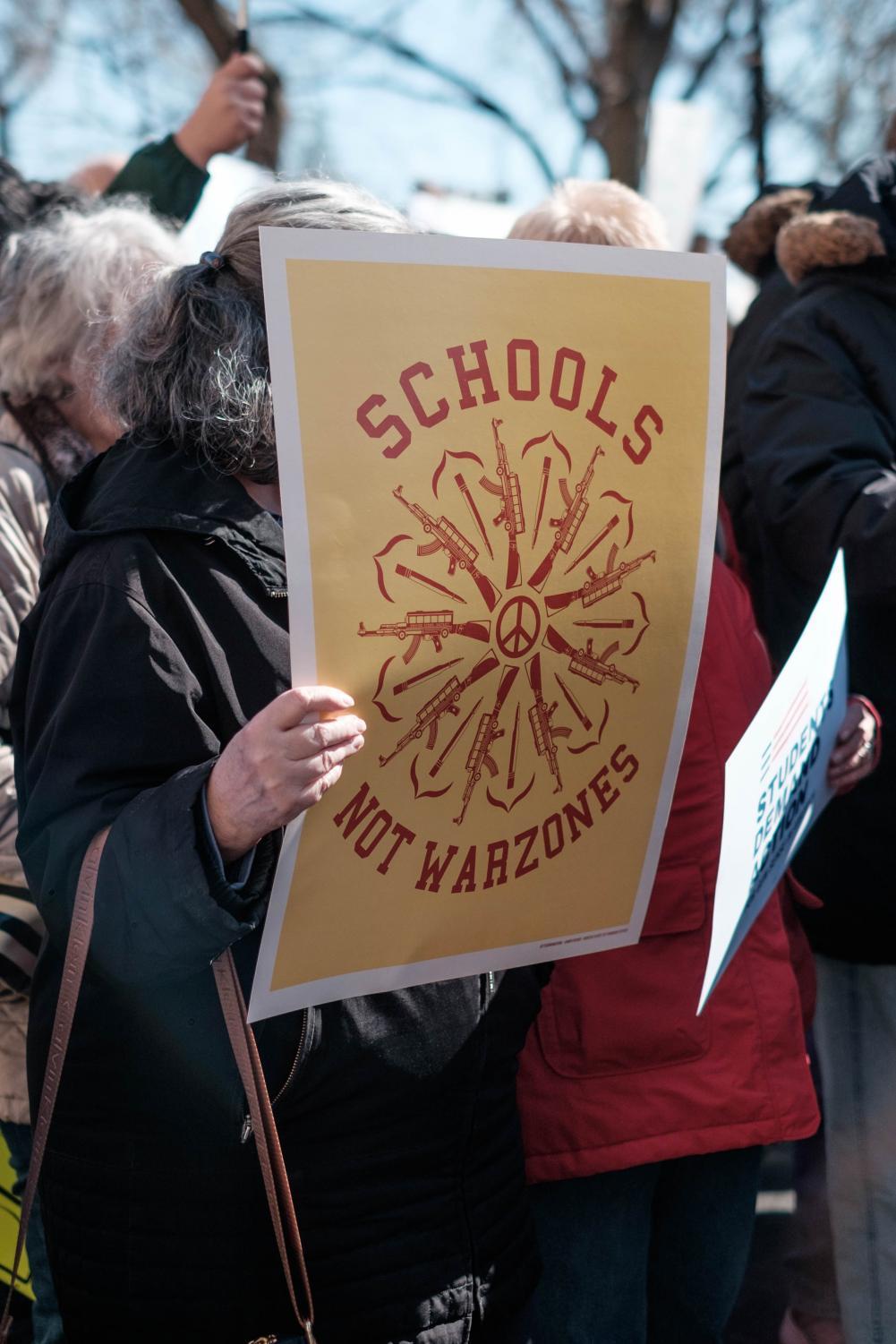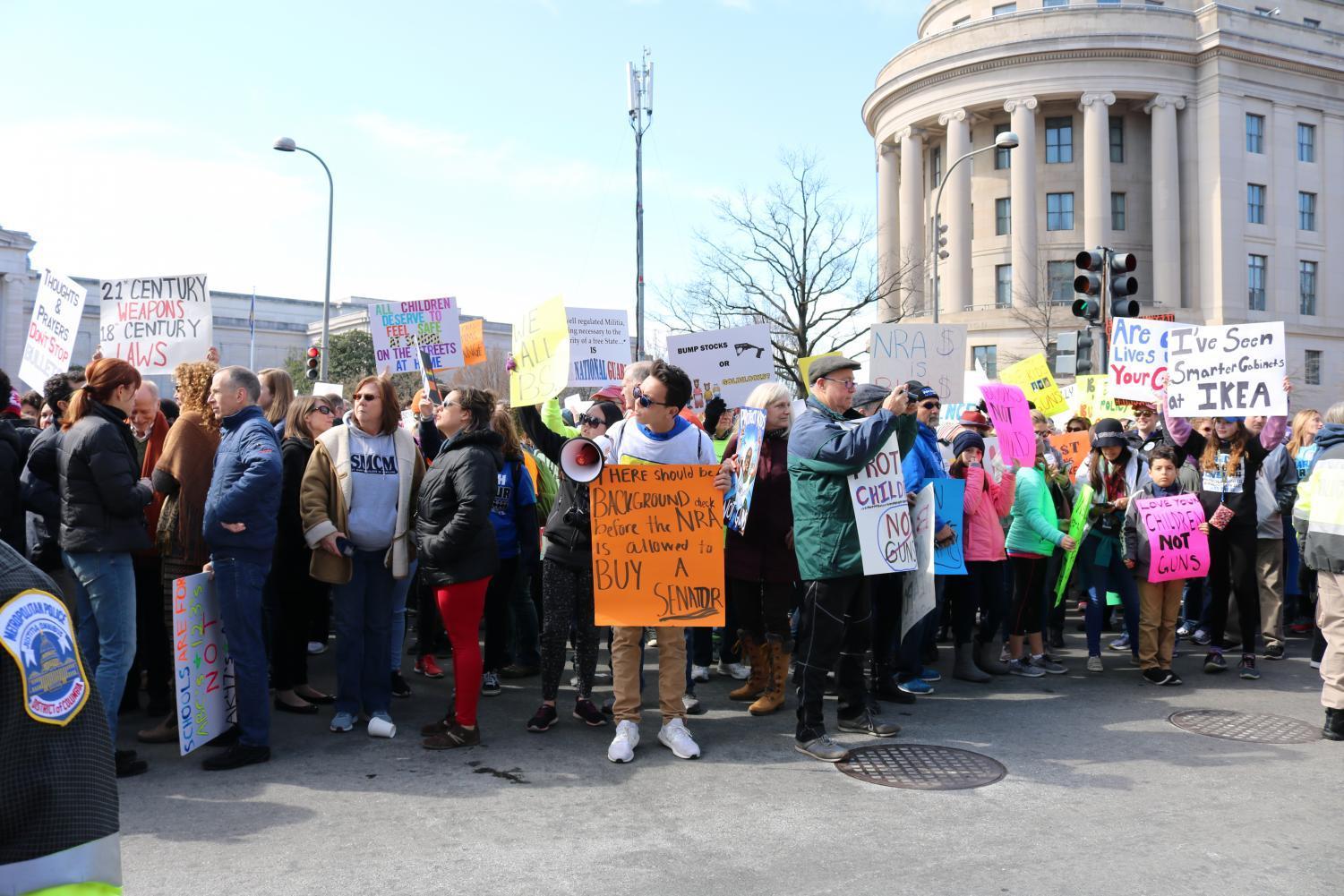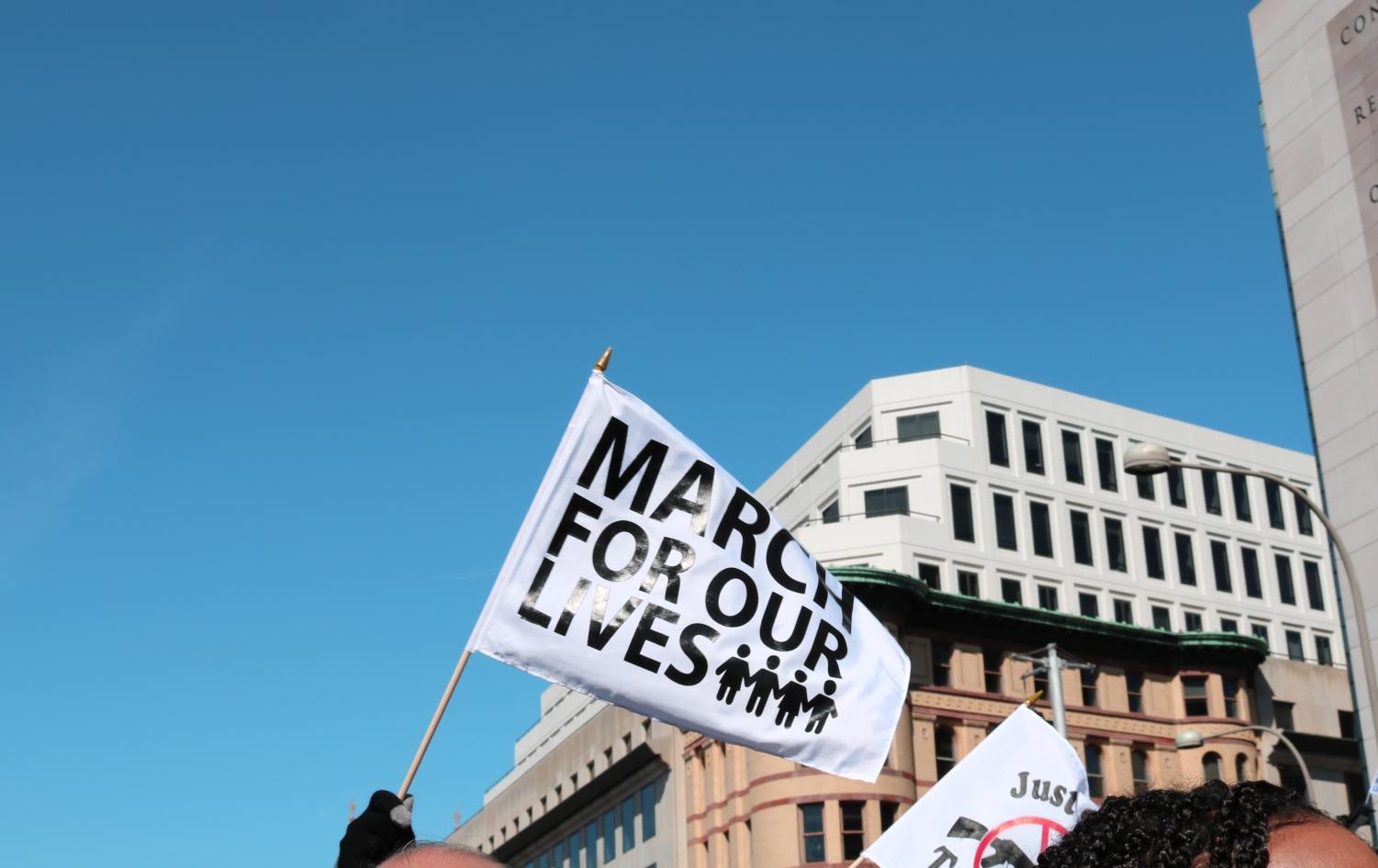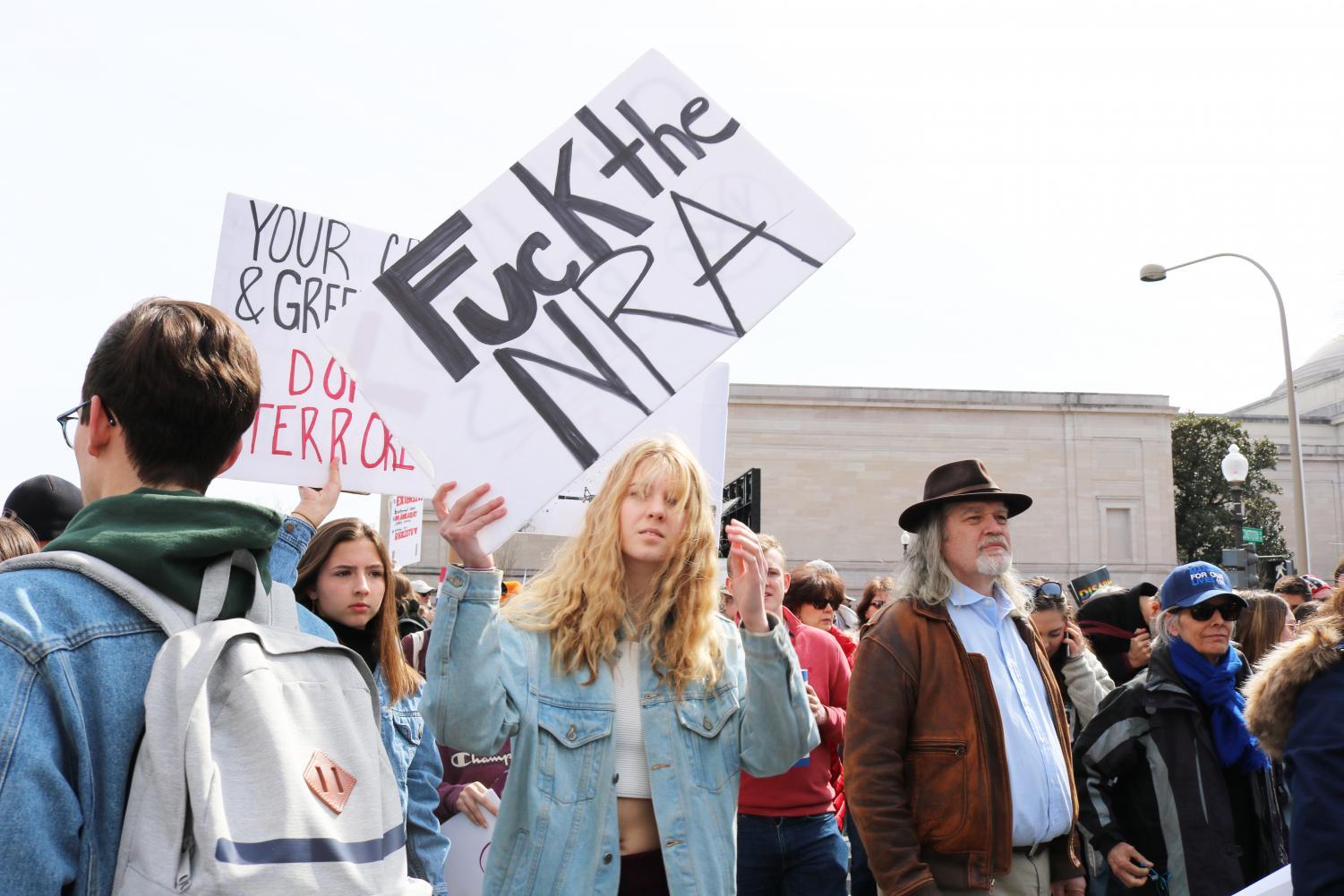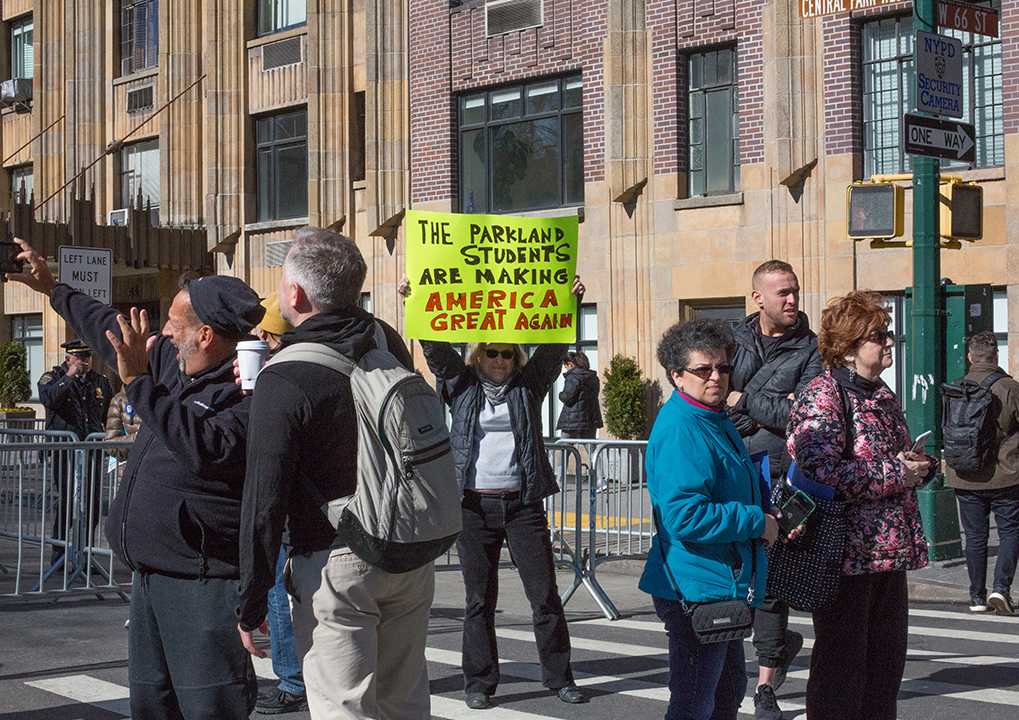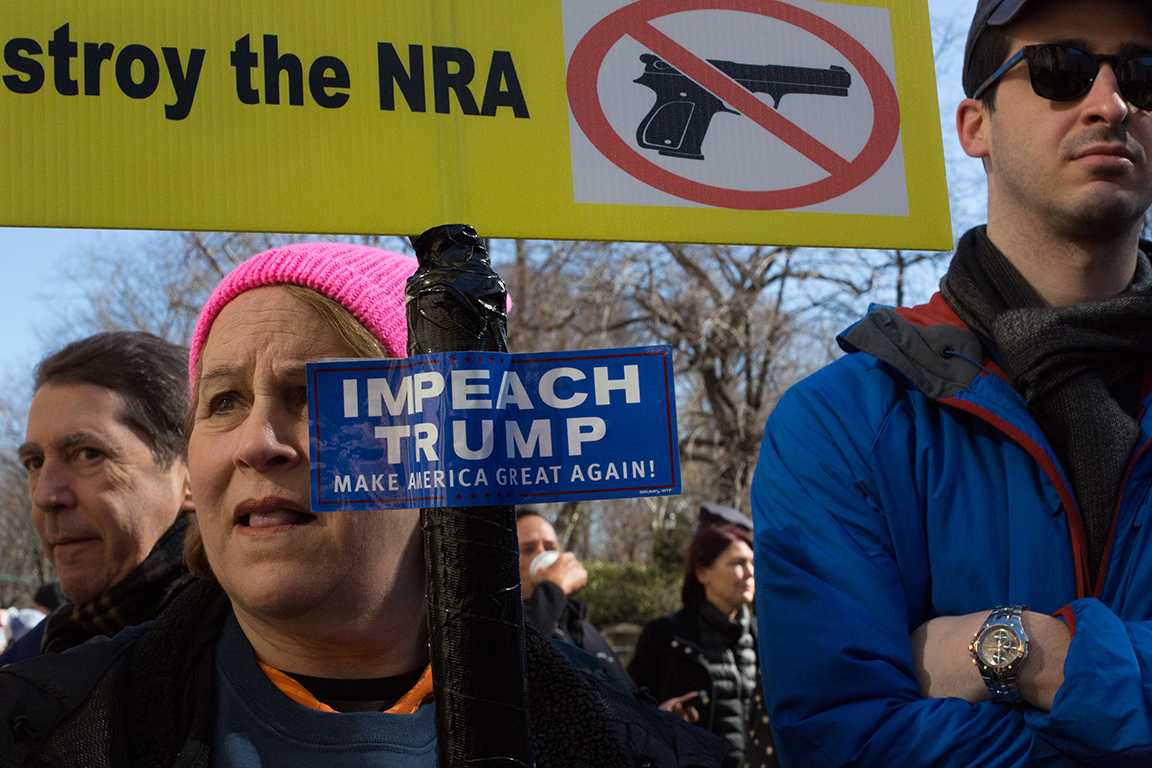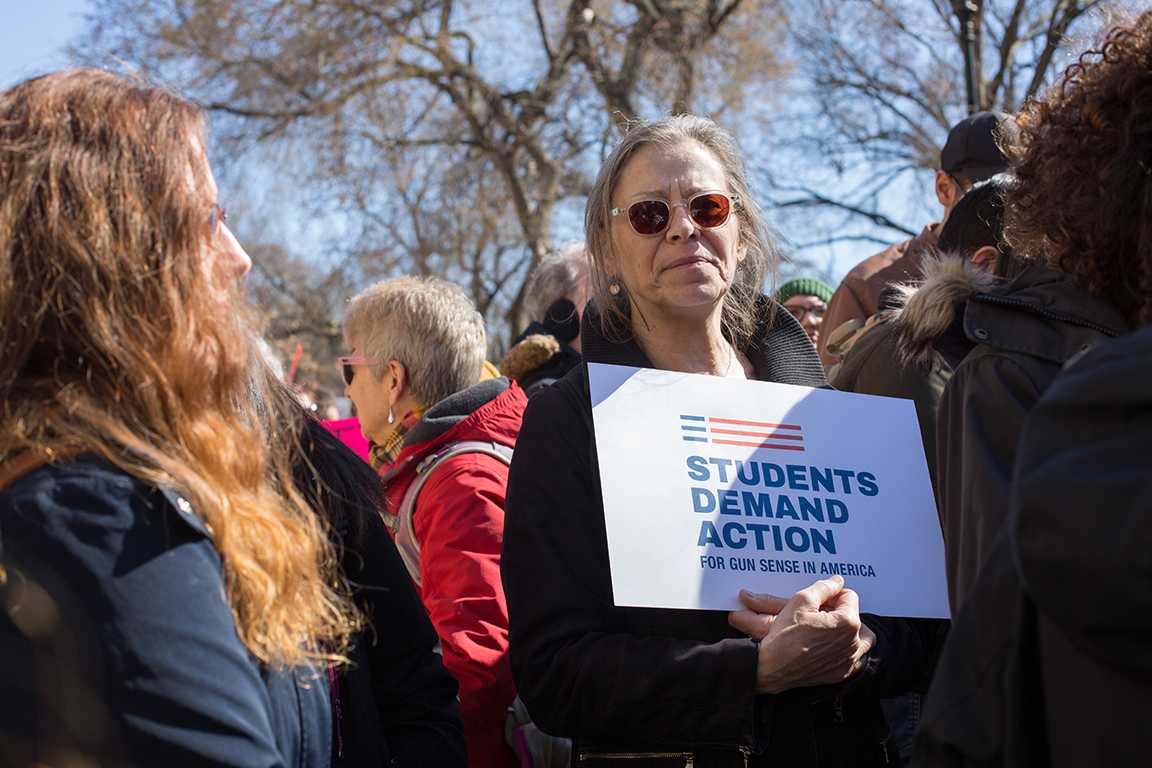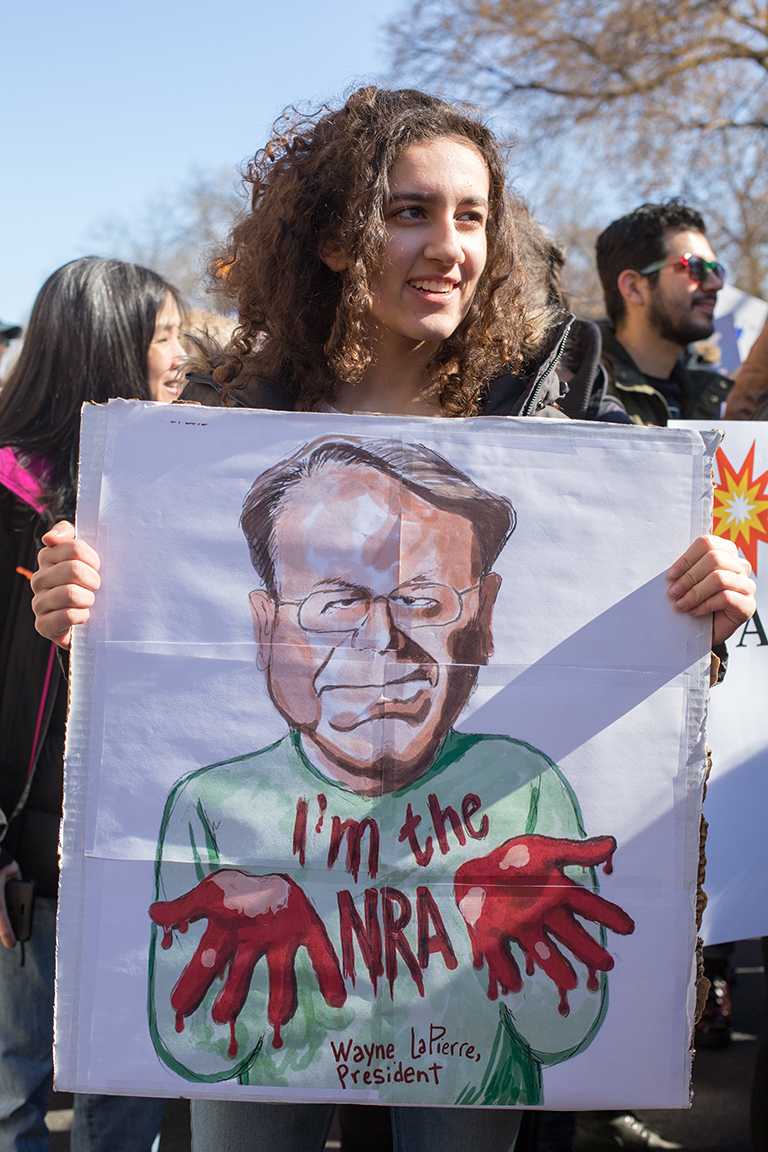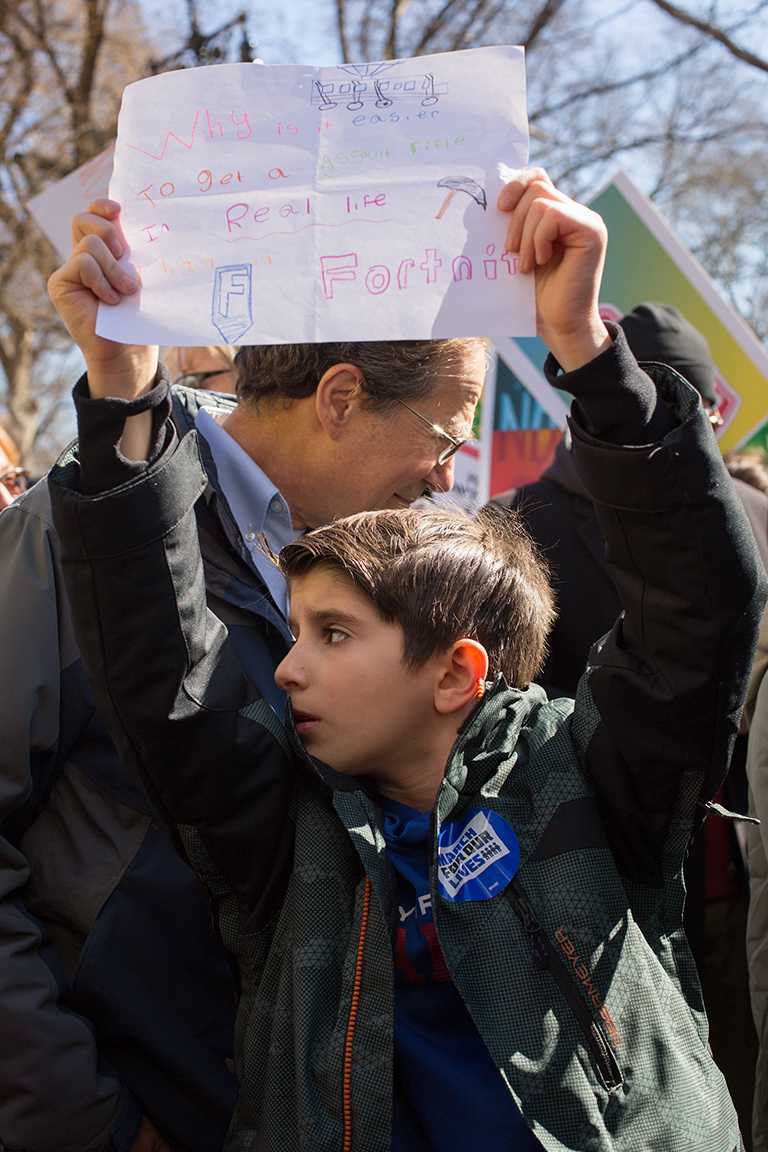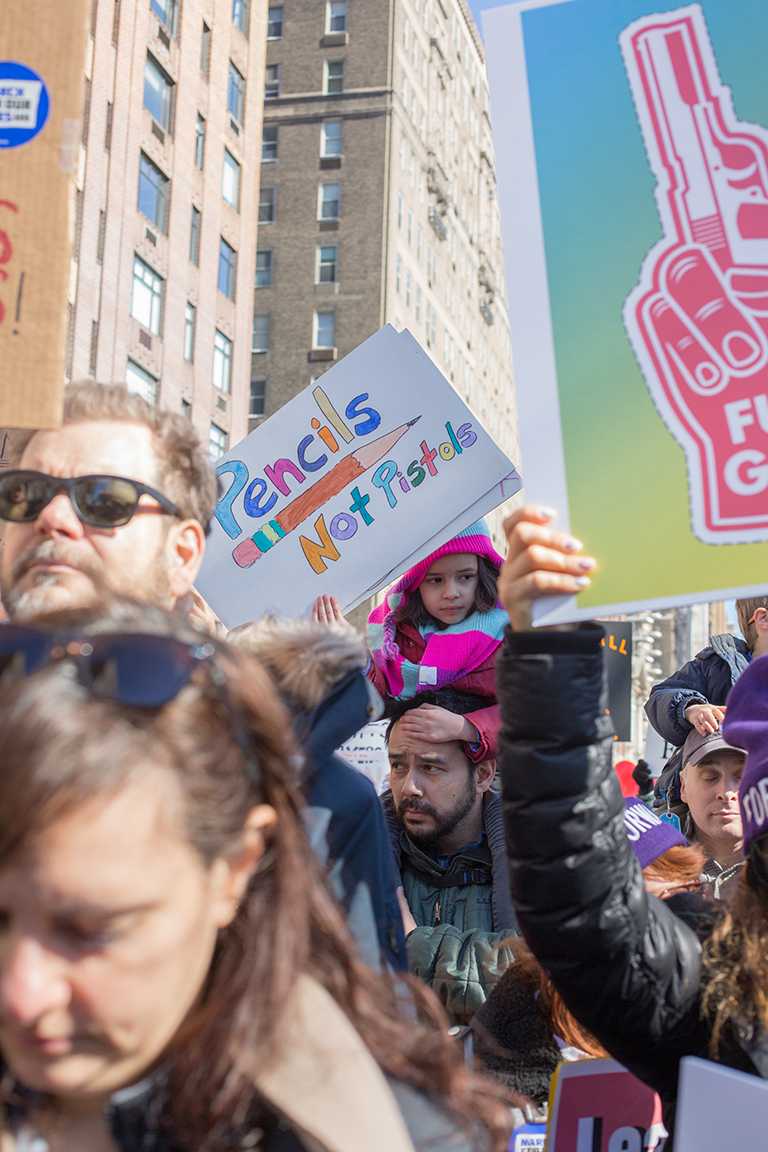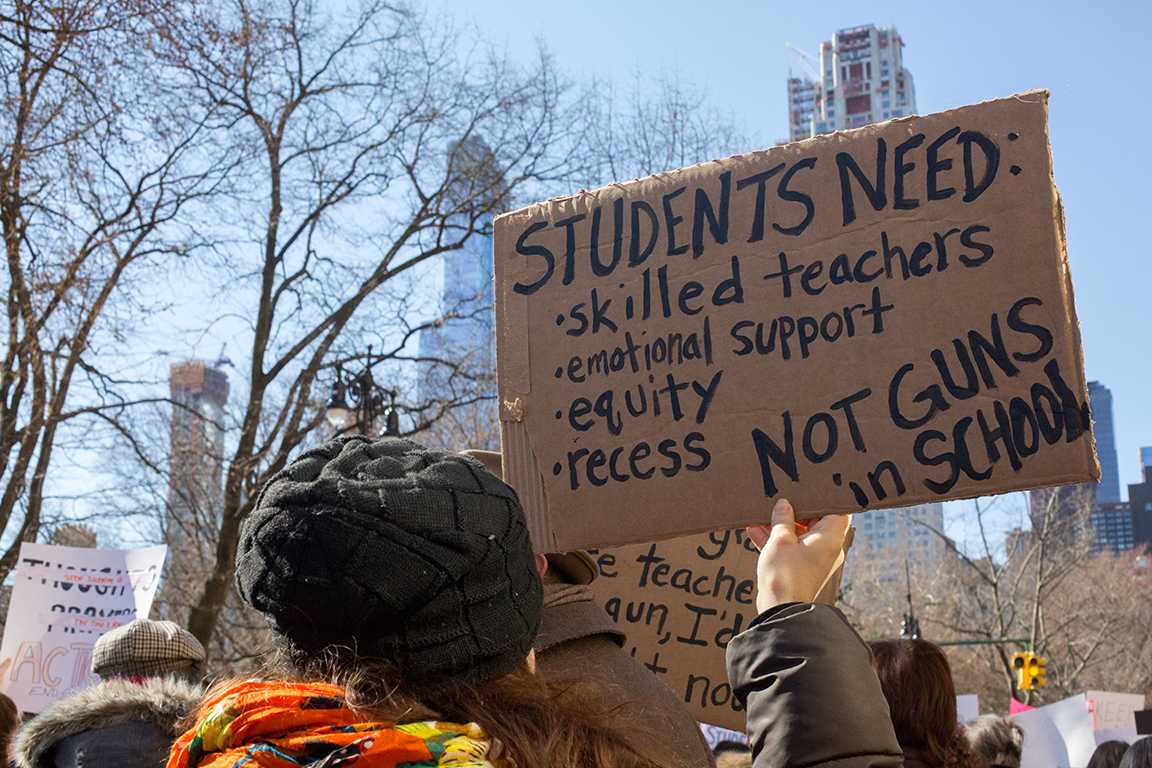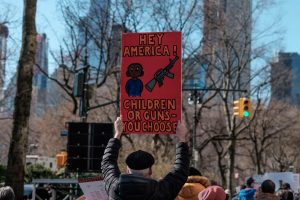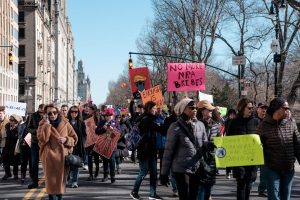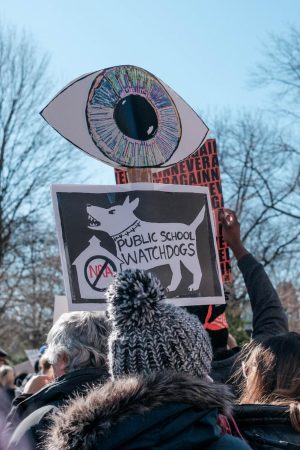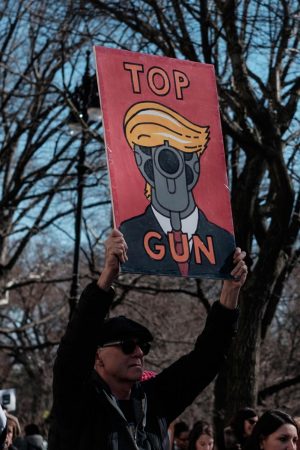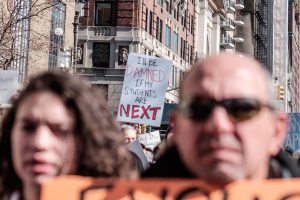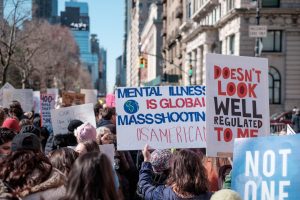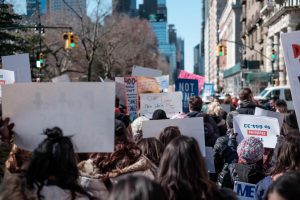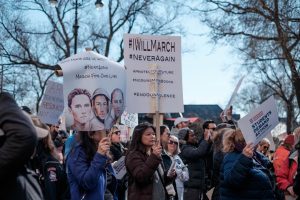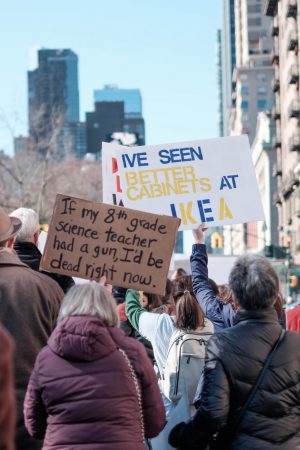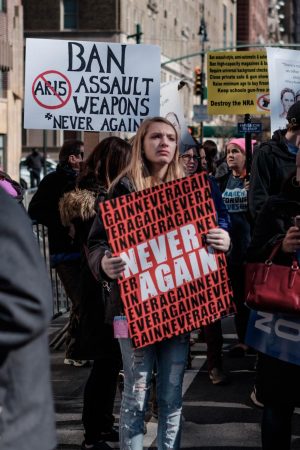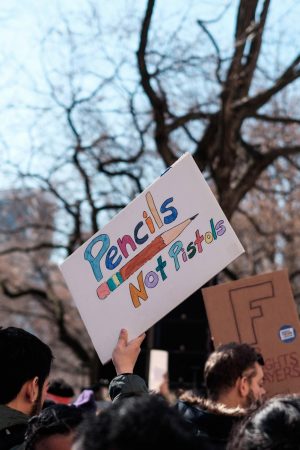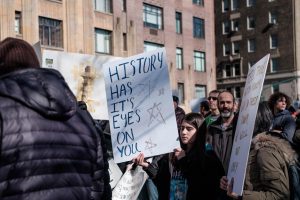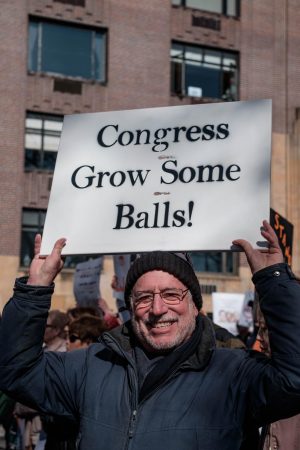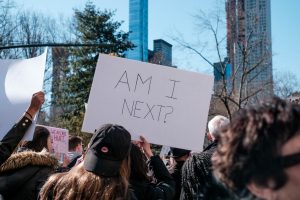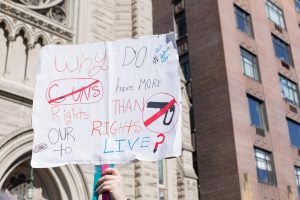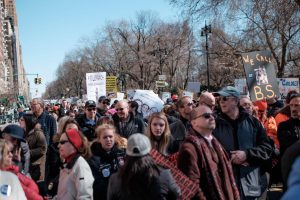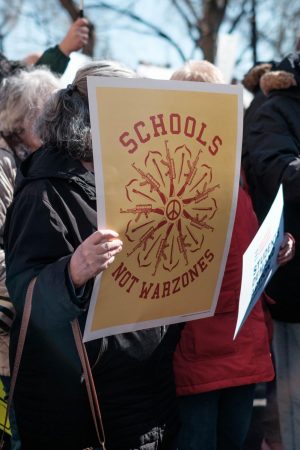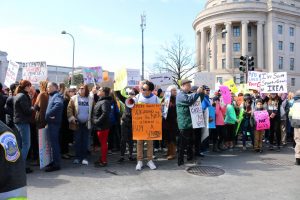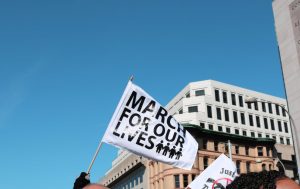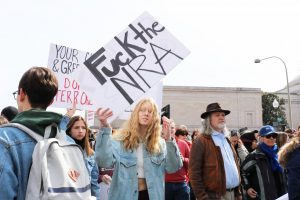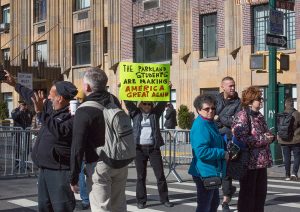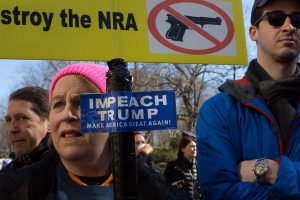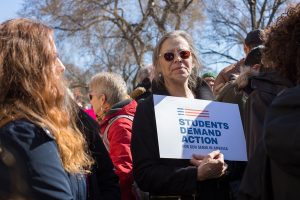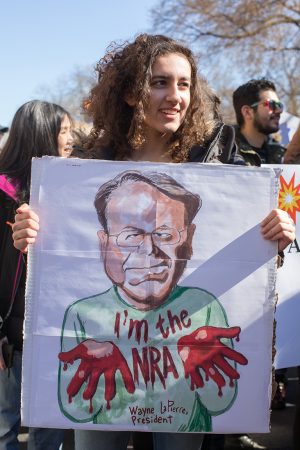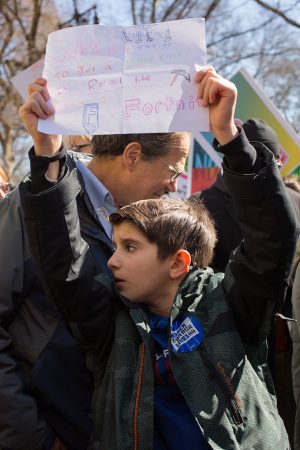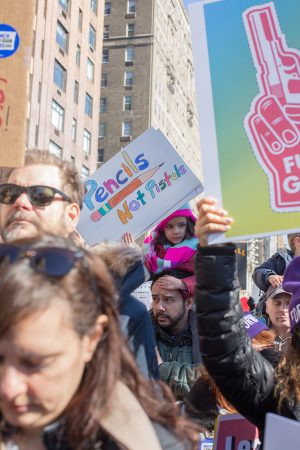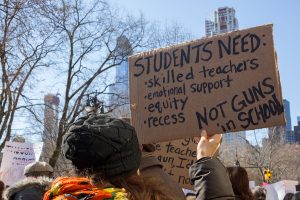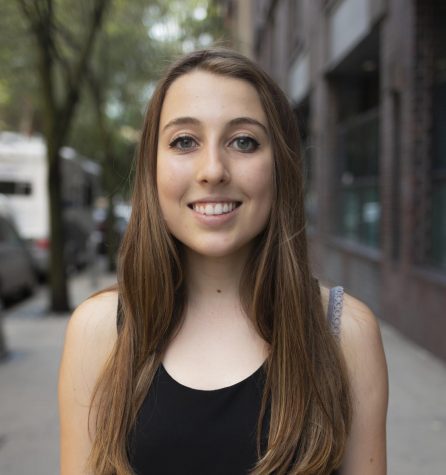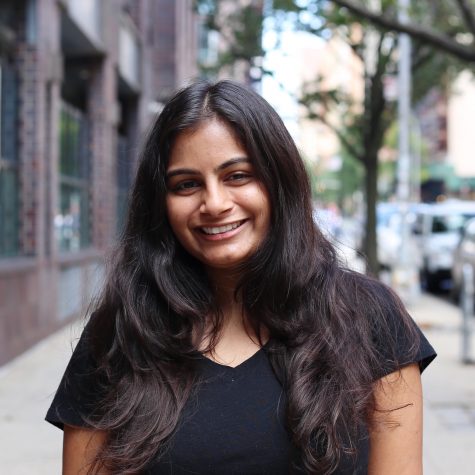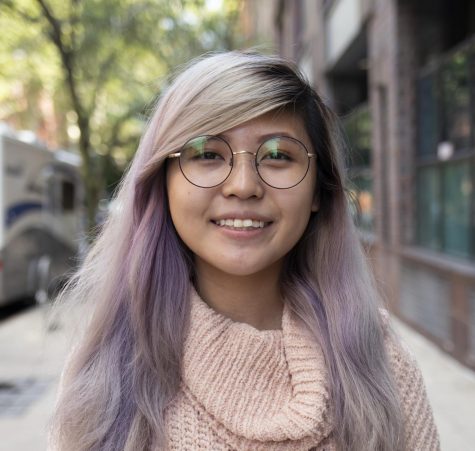Students Mourn Friends, Demand Government Action on Gun Violence
March 26, 2018
Have you ever sung “Happy Birthday” to someone who isn’t around anymore?
On Saturday, at the March for Our Lives in Washington D.C., a haunting melody ached through the city as the estimated 800,000 protesters flooding Pennsylvania Avenue joined soberly in song to honor Parkland high school shooting victim Nicholas Dworet, who would have turned 18-years-old that day.
Dworet was one of 17 students and faculty killed at the mass shooting at Marjory Stoneman Douglas High School in Parkland, Florida on Feb. 14. Since then, a small group of students who survived the MSD shooting have mobilized to advocate for gun control — organizing and inspiring millions across the globe to march and proclaim that “enough is enough.”
“In six minutes, 17 of our friends were taken from us, 15 were injured and everyone, absolutely everyone, in the Douglas community was forever altered,” said Emma Gonzalez, one of the Stoneman Douglas students who has been instrumental in organizing the March for Our Lives and accompanying advocacy efforts, while wiping away tears. After listing the victims and describing the futures that had been stolen from each one, she stood in silence for six minutes and 20 seconds. The audience stood silent and still with her.
Teachers, students, survivors — people of all ages stood firmly in the Capitol’s shadow for under three hours as the Parkland survivors, victims of other school shootings like Sandy Hook, students who had been personally affected by gun violence in other United States cities and young activists took to the stage.
The event was teen-run — the only exceptions being performances from musicians such as Miley Cyrus, Ariana Grande, Jennifer Hudson and Lin Manuel Miranda.
Despite the stars sparkling the stage and the audience, the focus was on the kids. Their stories. Their cries and guttural screams for change. Over and over, the students on stage and audience members repeated “never again” — affirming that children must never die at the pull of a trigger again, highlighting the disproportionate media attention given to white, privileged communities affected by gun violence and the lack of legislative action.
“Lawmakers and politicians will scream guns are not the issue but can’t look me in the eye,” MSD student Sam Fuentes said in a speech detailing the failures of elected officials to adopt sensible gun laws. She paused for a second, and then threw up on stage. The audience stood stunned. The live stream cameras veered away, but applause in support of Fuentes erupted, urging her to continue with her passionate speech.
“I just threw up on international television, and it feels great,” Fuentes continued. “We’re not asking for a ban, we’re asking for compromise.”
One of D.C.’s own students, Zion Kelly, spoke on behalf of his twin brother, Zaire, who was shot when walking home from a college preparatory class. At one point, he asked audience members to raise their hands if their lives had been affected by gun violence. Several hands raised toward the sky.
Priscilla Jones, who lives in Newtown, Connecticut and teaches at a school in the state, is one of many whose lives has been rocked by gun violence. Her friends’ six-year old was killed in the shooting at Sandy Hook Elementary School in December 2012.
“I’ve felt that trauma and watched her pain for the past six years,” Jones said. “I’ve watched her older son, who was best friends with my son grow up with that pain and feel that pain. It’s not fair to any person to have to go through that pain. It’s not fair for my friend to wake up without her son every day.”
These shootings aren’t limited to schools. Movie theaters, concerts, churches and nightclubs have also been rocked by such tragedy in recent years. However, the vast number of school shootings has drawn significant attention to increasing safety protocols within schools — President Donald Trump has even proposed to arm some teachers and other faculty.
“I refuse,” Jones said. “The day they put barbed wire around the playground fences is the day I say, ‘F-ck you all. I don’t believe I should be armed. I don’t believe teachers should be armed.’”
Among the crowds were numerous NYU students who traveled to D.C. for the day or the weekend to march. The NYU College Democrats even organized a bus which students could take for free. CAS and Wagner junior Miranda Murillo was one of the NYUCD members who made the trek south.
“I came to the march because I felt really moved by all of the moment that the movement for sensible gun laws has had recently,” Murillo said. “I wanted to capitalize off the momentum to make this the last one.”
Although D.C. served as the epicenter of the movement, marches demanding sweeping gun control unfolded in every U.S. state and even crossed international borders to over 800 locations around the world. Over 150,000 protesters — many of whom were students — took to the streets of New York City.
That same Sunday morning, Sarah Leahey dressed her two young daughters, eight-year-old Noah and three-year-old Isla; they made signs and took to the streets of the Upper West Side for the New York City March for Our Lives.
Leahey, a high school teacher from Stamford, Connecticut, views the issue of gun violence not only from her perspective as an educator, but also as a mother who has to broach the topic with her older daughter.
“She doesn’t like to hear even the word gun,” Leahey said of her eldest daughter. “She doesn’t know what happened at Sandy Hook — that I won’t share with her for years. But she does know what happened in the high school, and the kids talk now in school. She hasn’t voiced any concerns for her safety. She hasn’t made that connection luckily, but I know older students do. I just don’t want her to worry; I hope she doesn’t make the connection.”
Leahey also expressed concern over school-wide lockdowns.
“My classroom is in the interior of the school near a window,” she said. “I didn’t feel safe during the lockdown drill.”
Among the speakers that took the stage in New York was Marjory Stoneman Douglas sophomore Megan Bonner, who broke down in tears talking about her friend, Alana Petty, who was shot on Feb. 14.
“We called her Little Petty,” Bonner said to the crowd. “She always had a smile on her face.”
The speech brought many protesters to tears.
“The adults have failed us,” she said as tears streamed down her face.
The rally also featured speeches from survivors of the mass shootings at the Las Vegas concert and Sandy Hook Elementary School.
“It’s never too soon to talk about the issues,” said Mary Ann Jacobs, a librarian at Sandy Hook who sheltered 18 nine-year-olds during the shooting. “Only too late.”
Members of Black Lives Matter and inner city gun violence victims also expressed their desire for change.
“You should care just as much about shootings in the south Bronx and the southside of Chicago as shootings anywhere else,” said Nupol Kiazolu, the head of youth coalition for Black Lives Matter in New York.
Among the 150,000 people marching along the west side of Central Park were numerous NYU students.
“It has gotten to the point where the right to individual rights transcends the right to own a gun,” Steinhardt first-year student Amira Janadi said. “This might sound bad but I just wasn’t surprised [by the Stoneman Douglas shooting]. It was really devastating but I was like, ‘Oh it’s another one.’ [Lawmakers] can see how many people are affected by how many people show up, not just here, but around the world.”
Northwestern University first-year Marisol Beaufrand attended the New York march with her NYU friends.
“New York is a hub for social change and social progress,” Beaufrand said. “It’s definitely a place to be when encountering an important political movement. You can tell that people here aren’t just resting on their laurels, and they’re going to do their best to make an actual change.”
She wants an active change in gun laws.
“This isn’t a partisan issue — this is an issue of the lives of people all over the country, especially children,” Beaufrand said. “The fact that it has been impacting schools should be the biggest wakeup call for us.”
During the march, protesters passed Trump International Hotel and Tower in Columbus Circle, booing and chanting “vote them out.”
Protestors boo as they pass NYC Trump Tower, which is being heavily guarded by police officers #MarchForOurLives pic.twitter.com/eVrhLaykyh
— Sakshi Venkatraman (@sakshi_saroja) March 24, 2018
Trump may not have heard the calls, since he was vacationing in Mar-a-Lago, but the demands brought to the White House in D.C., his hotel in New York and the front pages of every publication will likely get the message across.
Additional reporting by Alex Domb.
A version of this article appeared in the Monday, March 26 print edition. Email Jemima McEvoy and Sakshi Venkatraman at [email protected].

